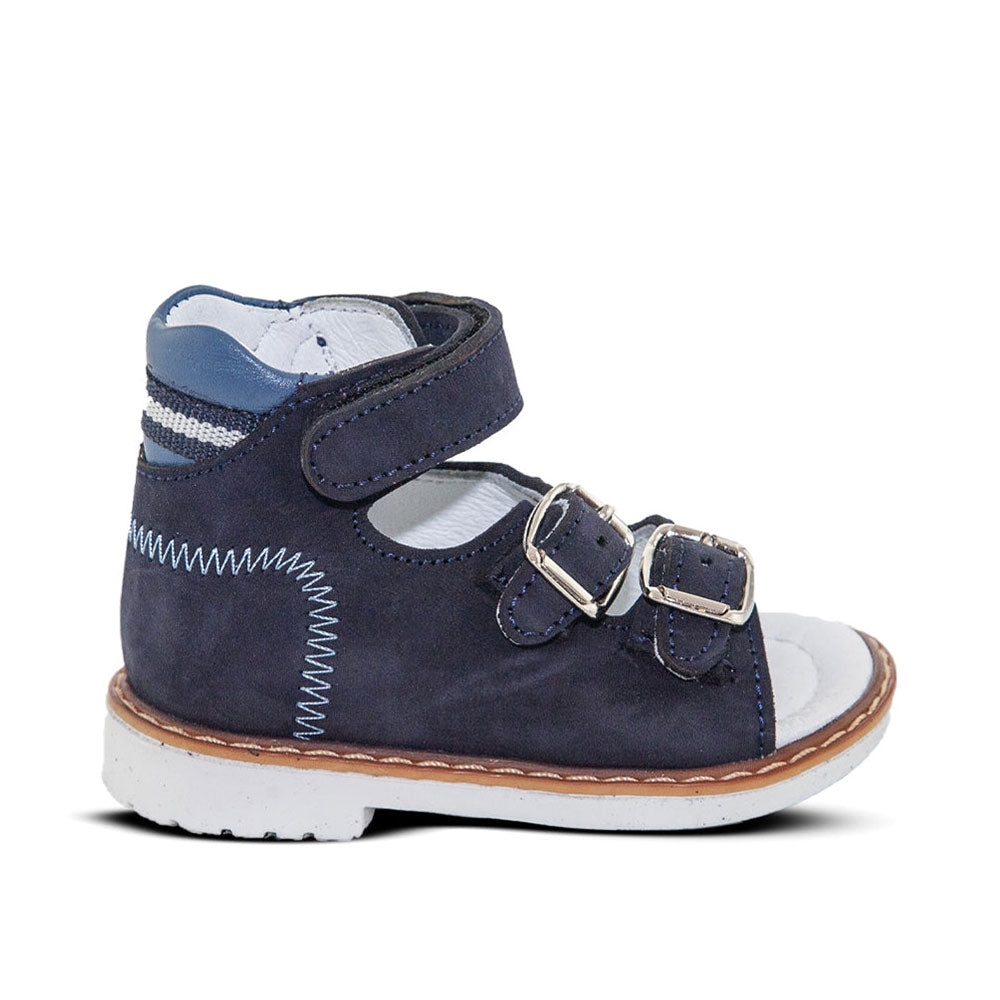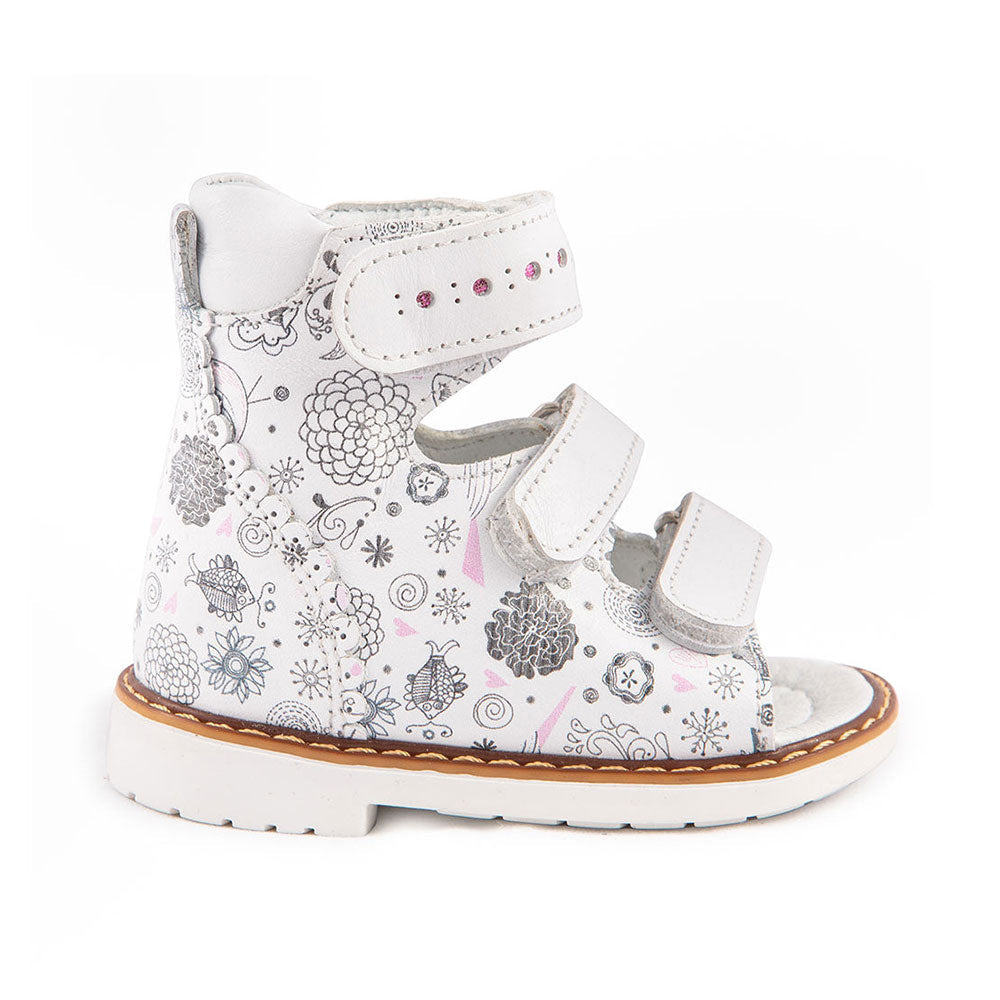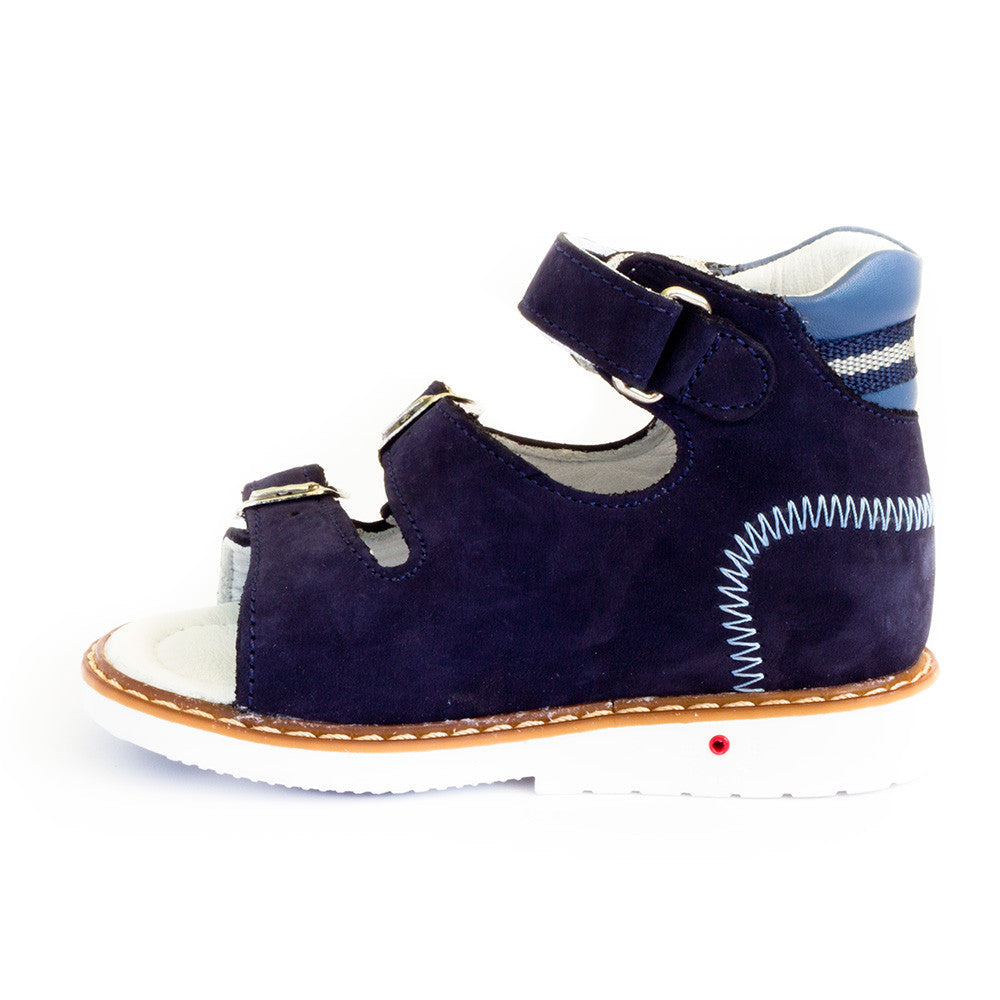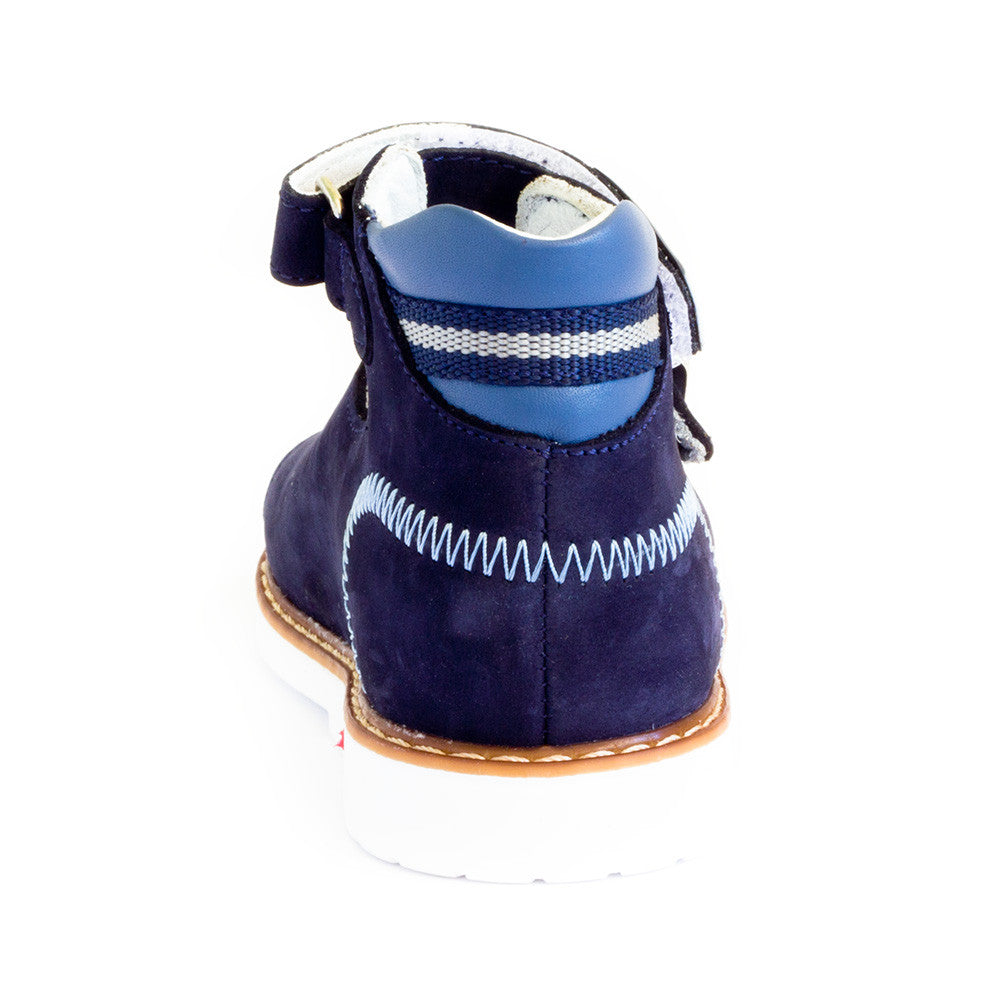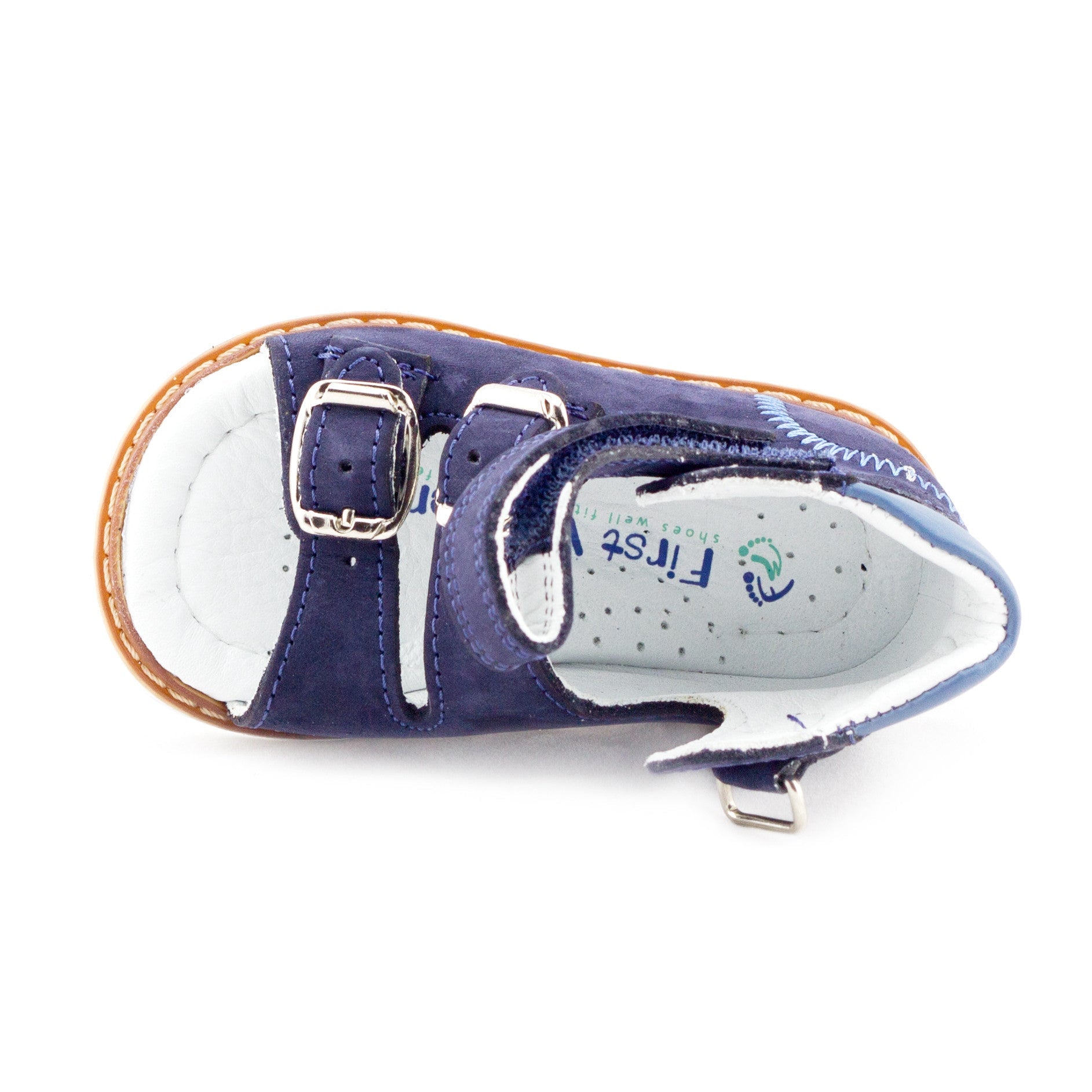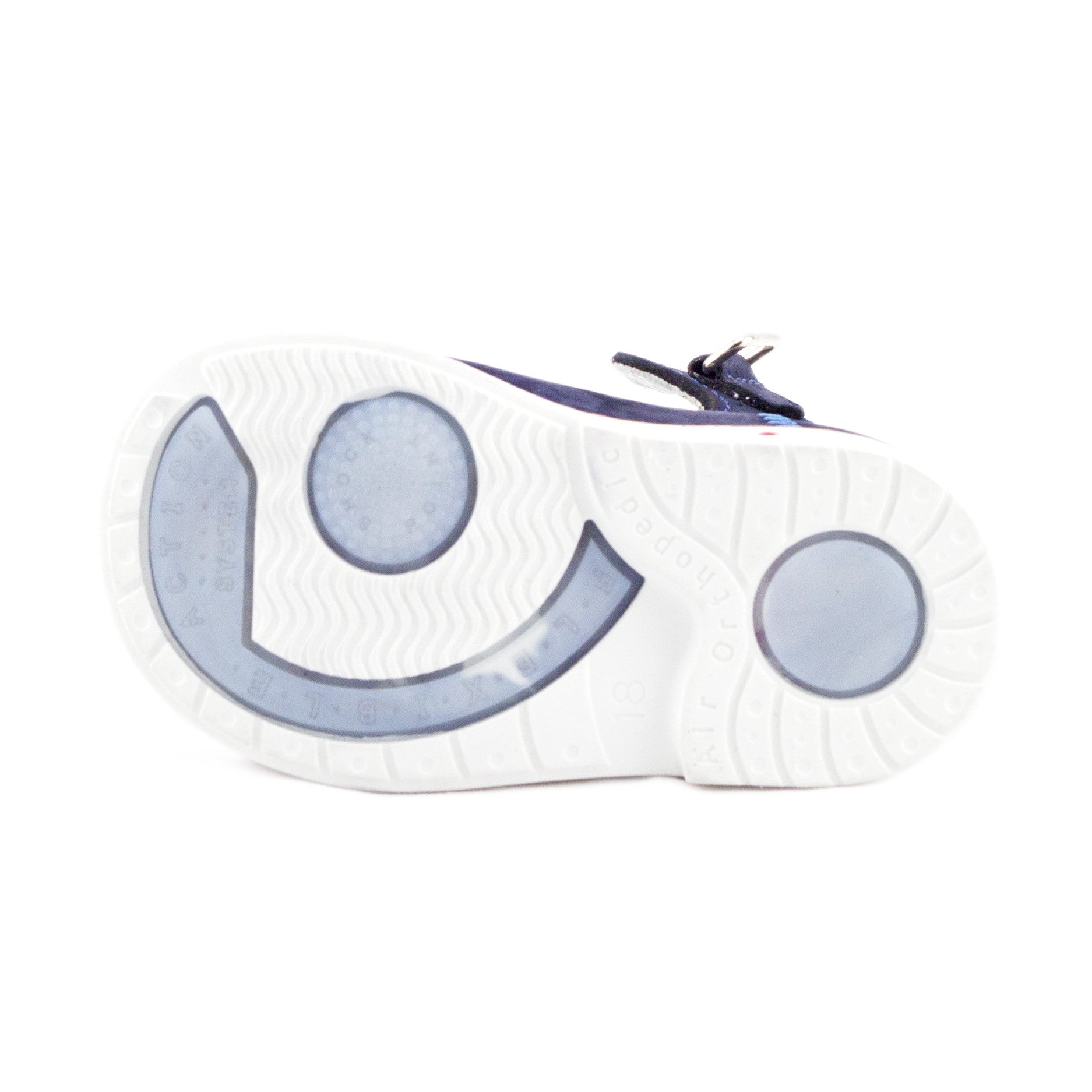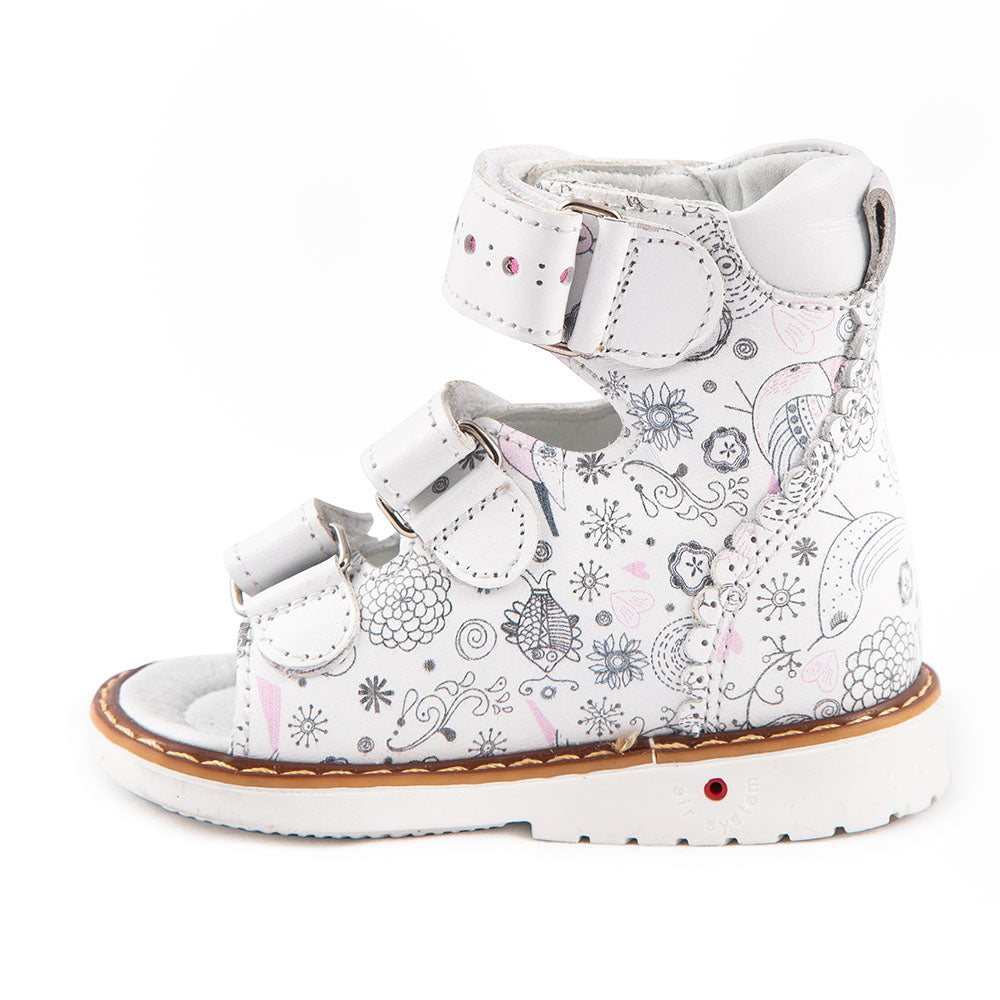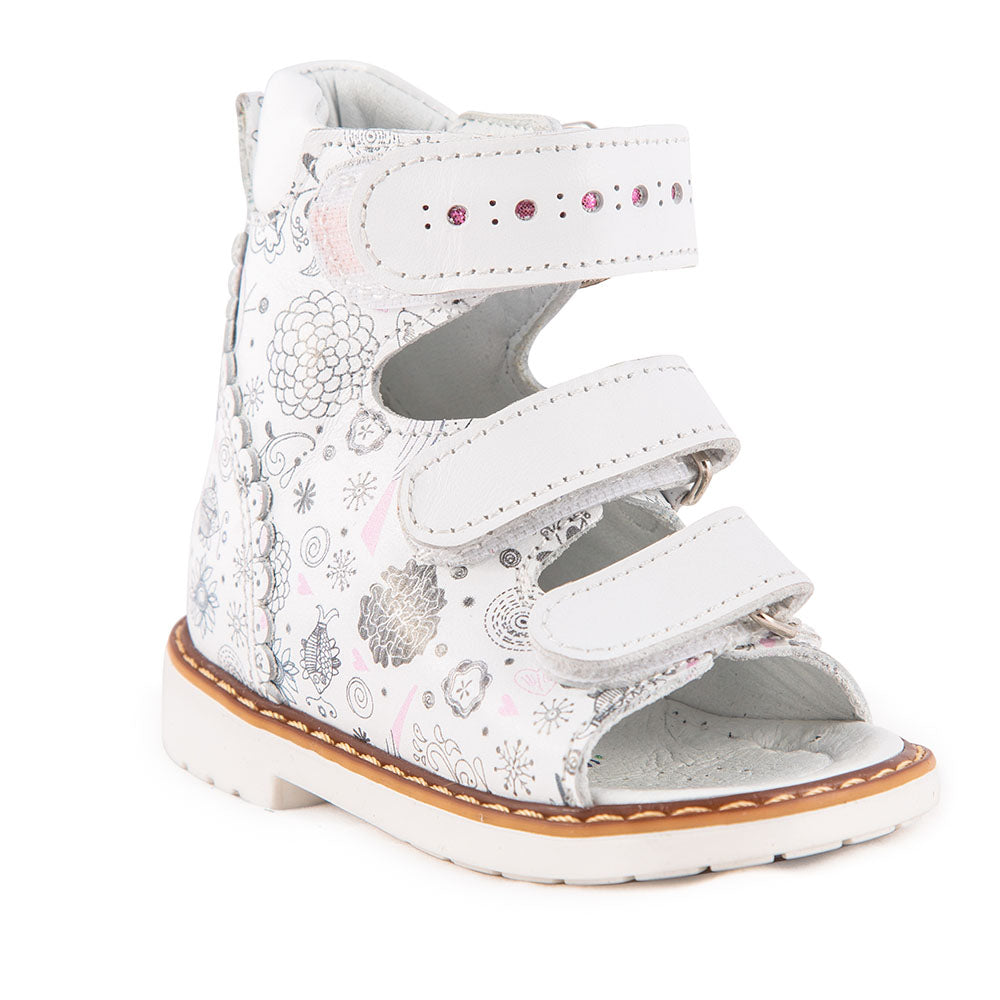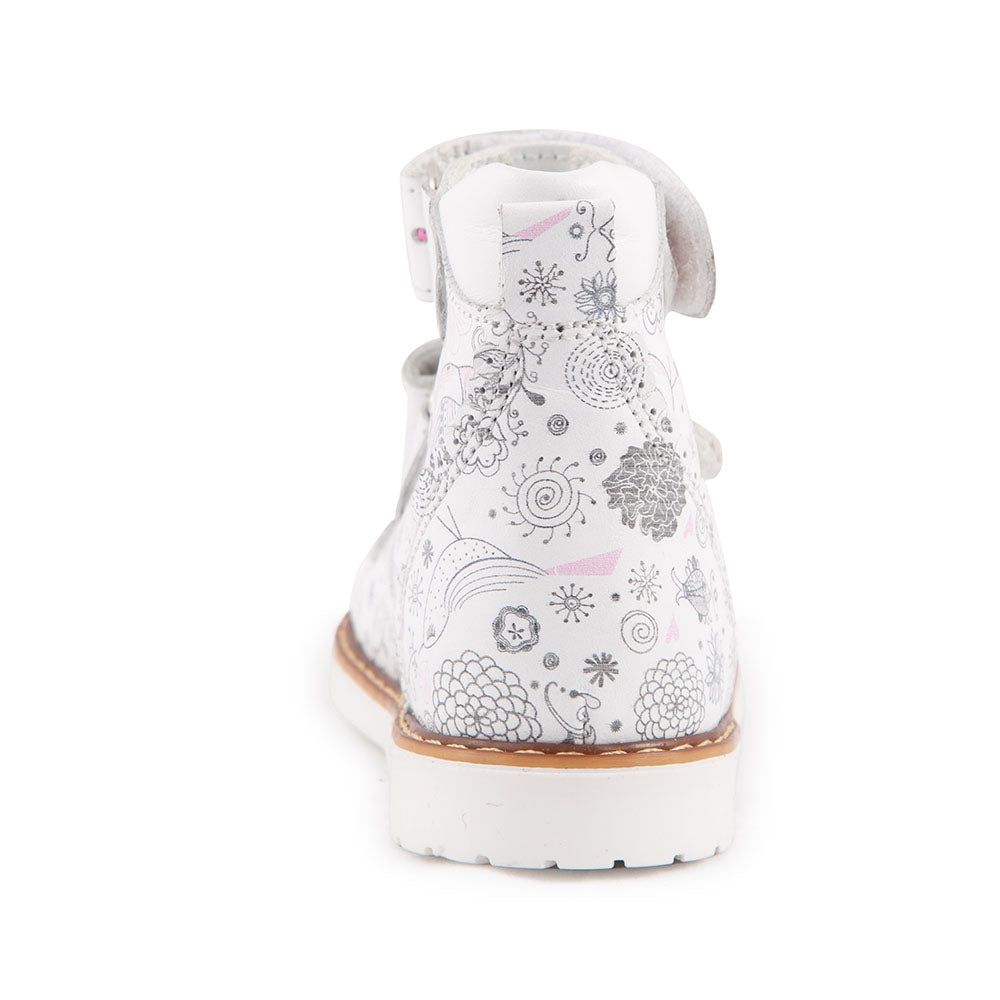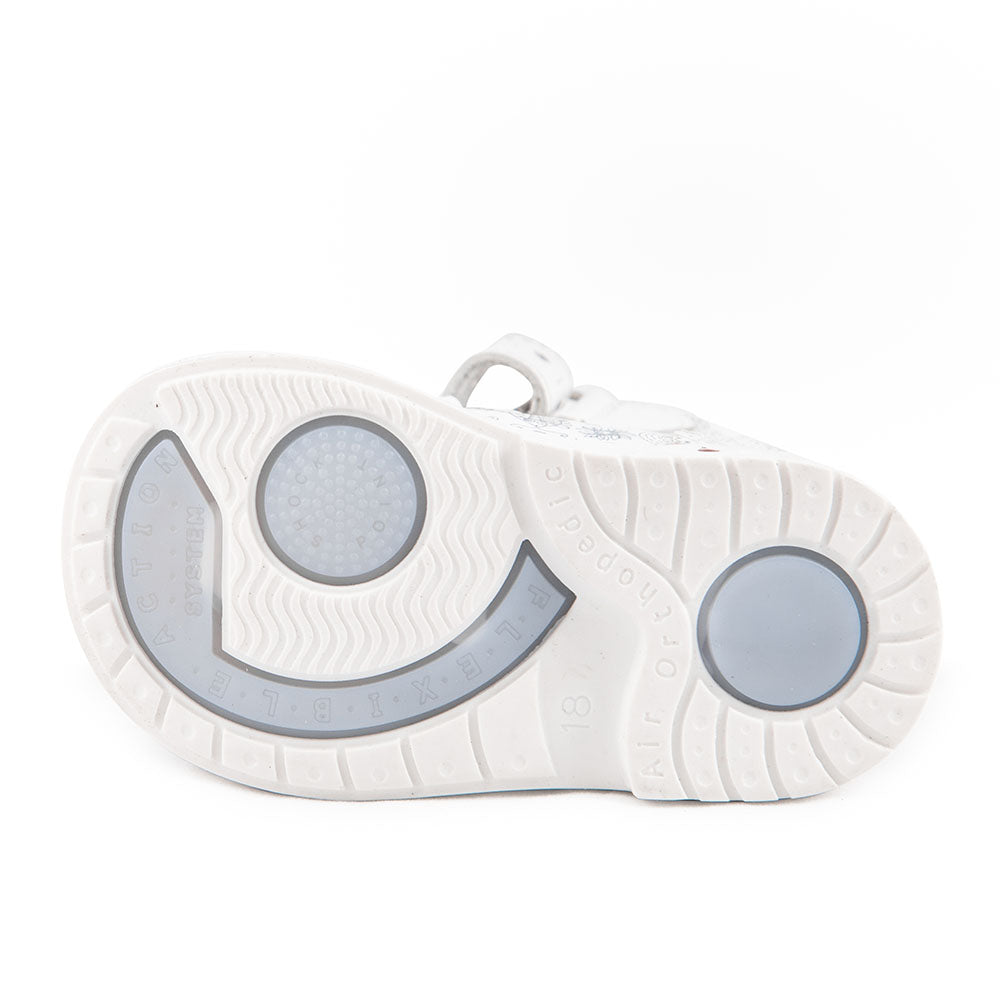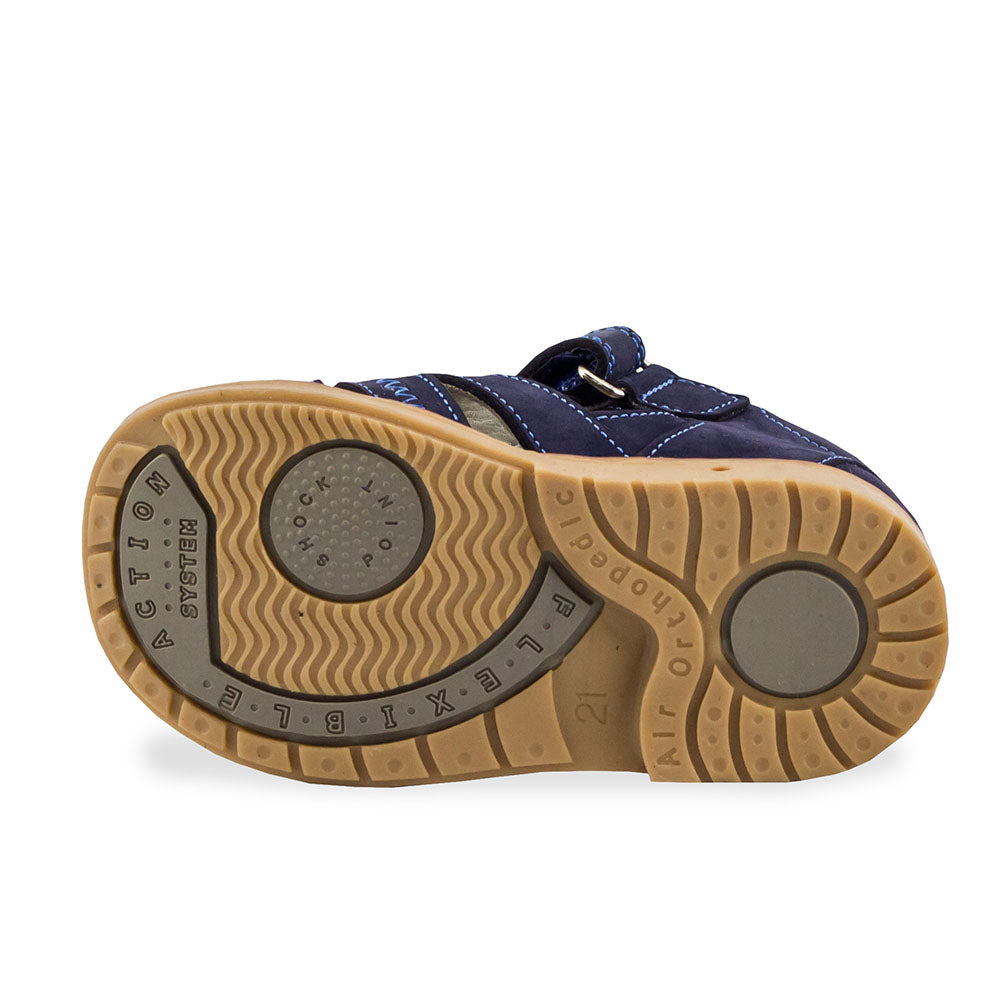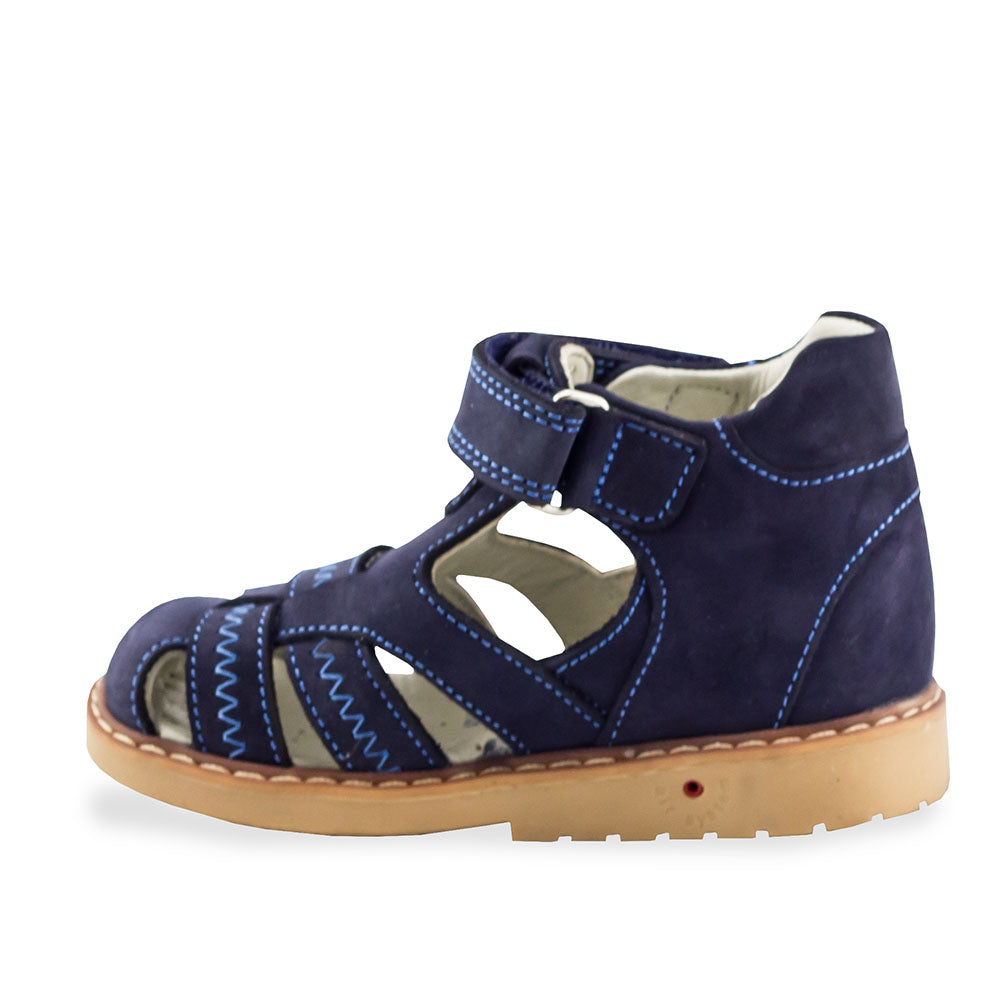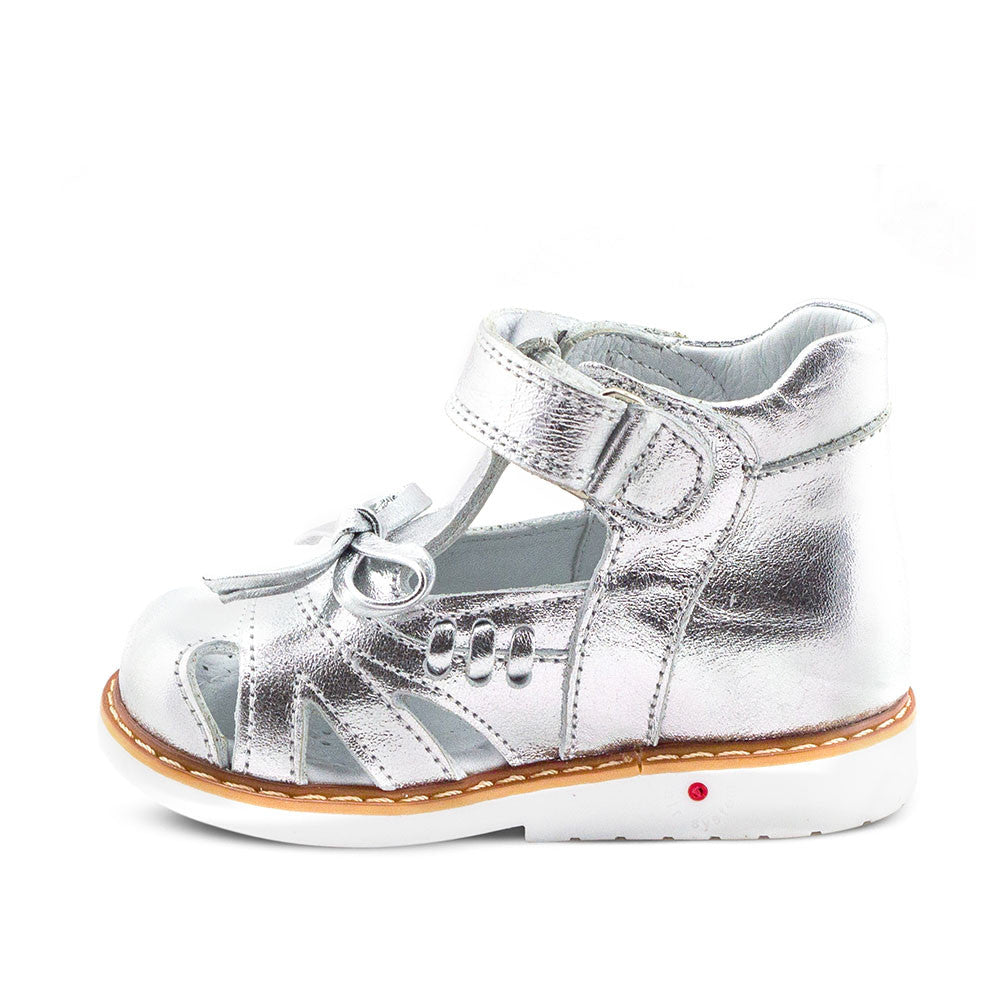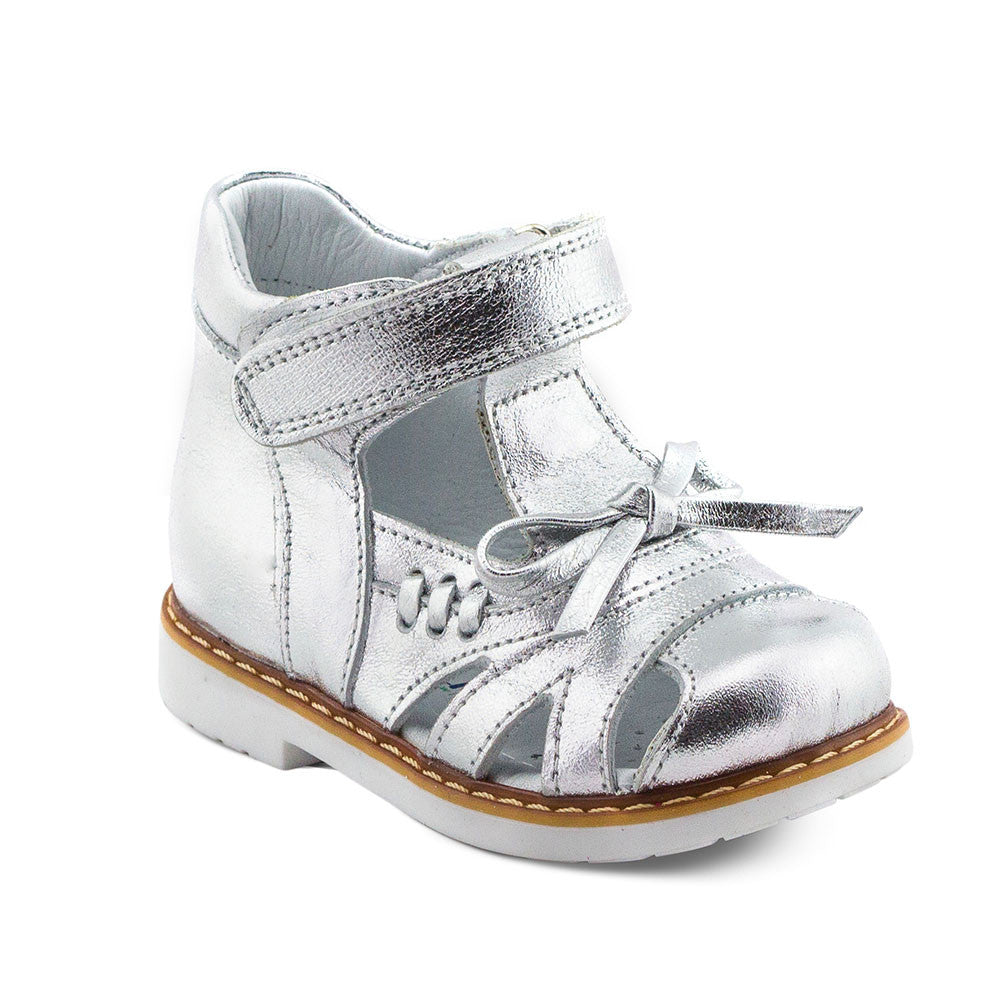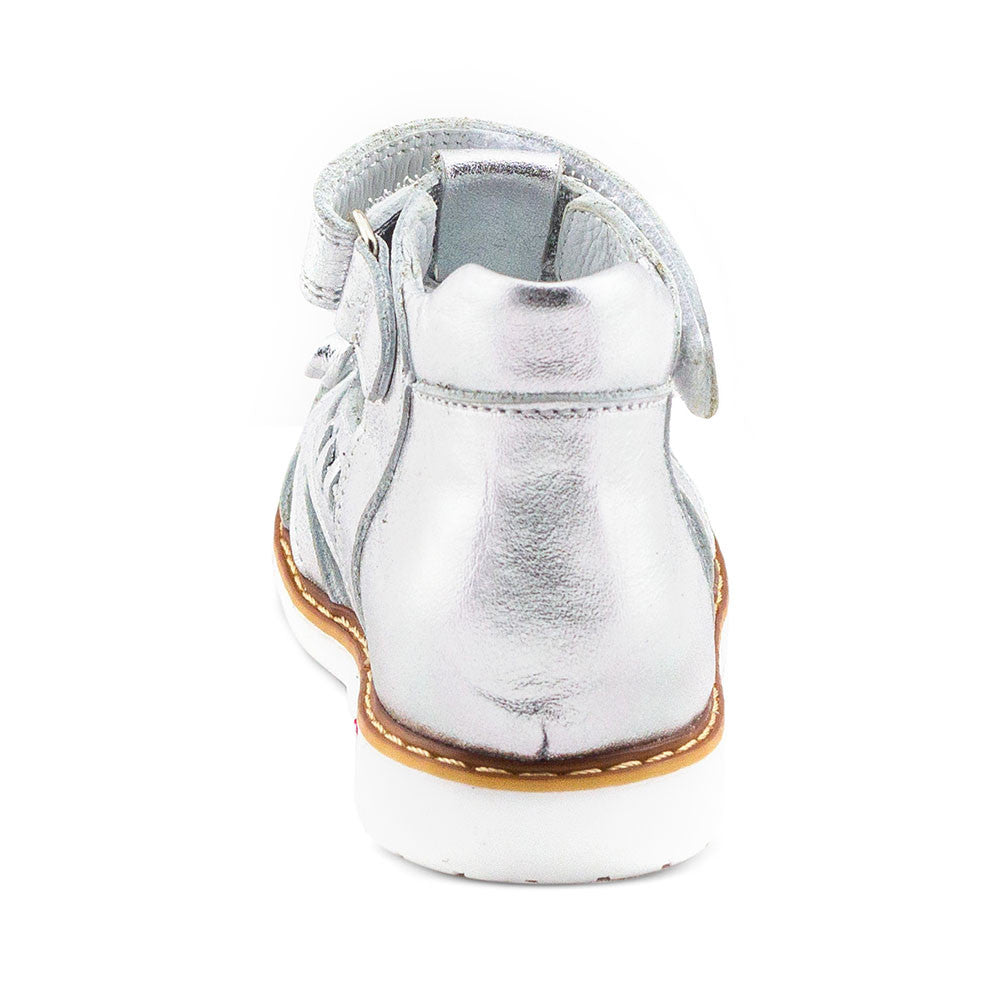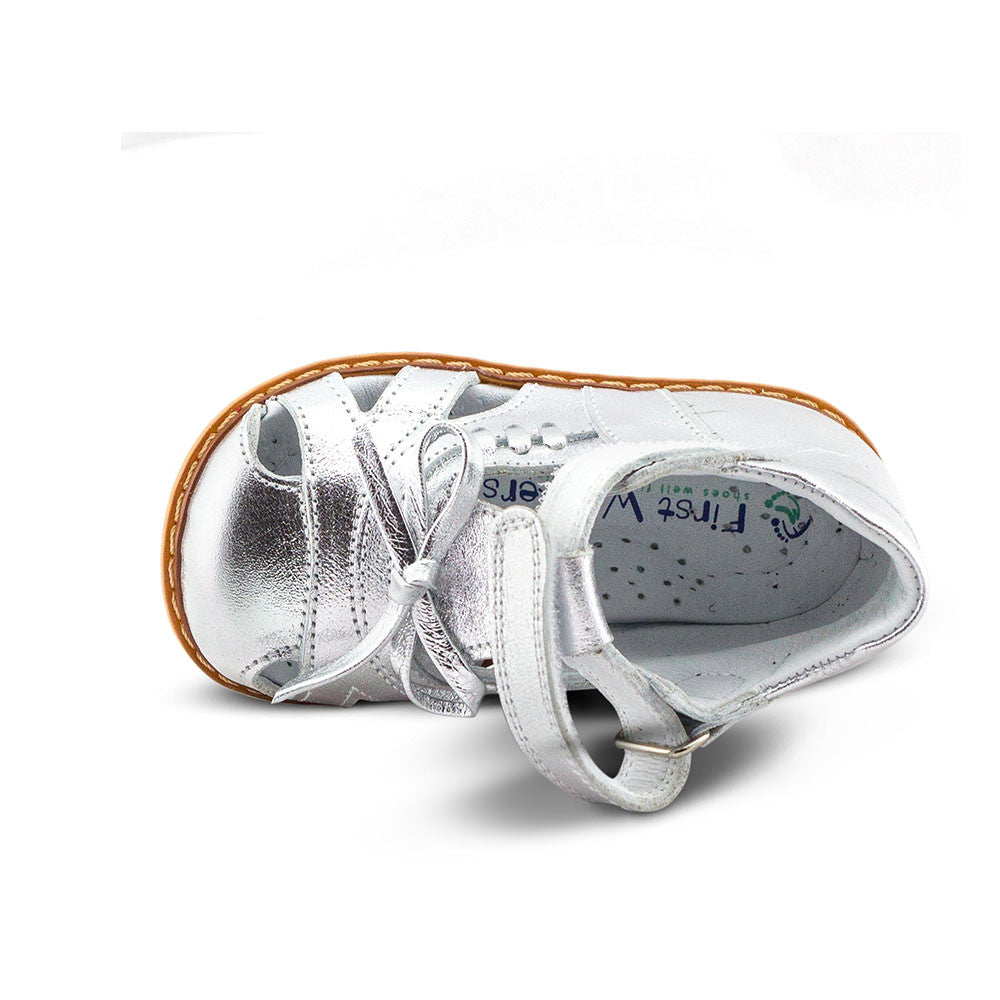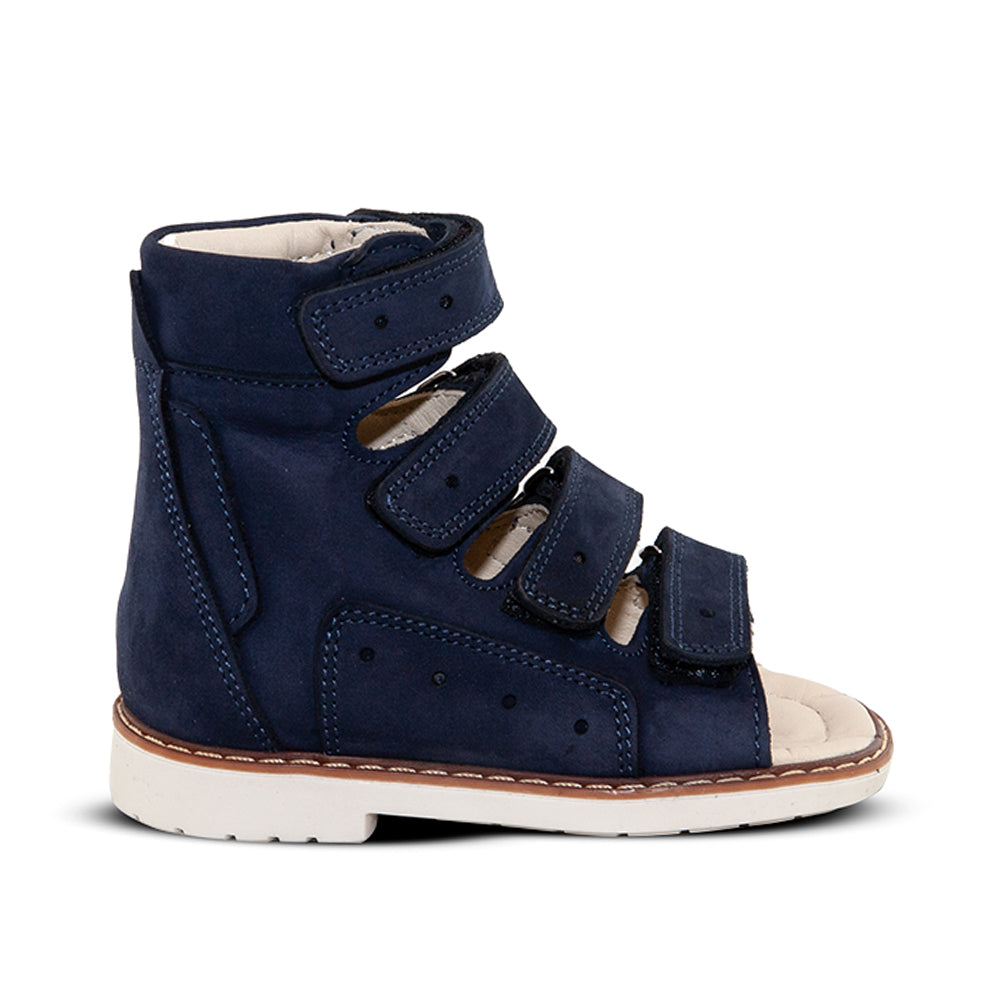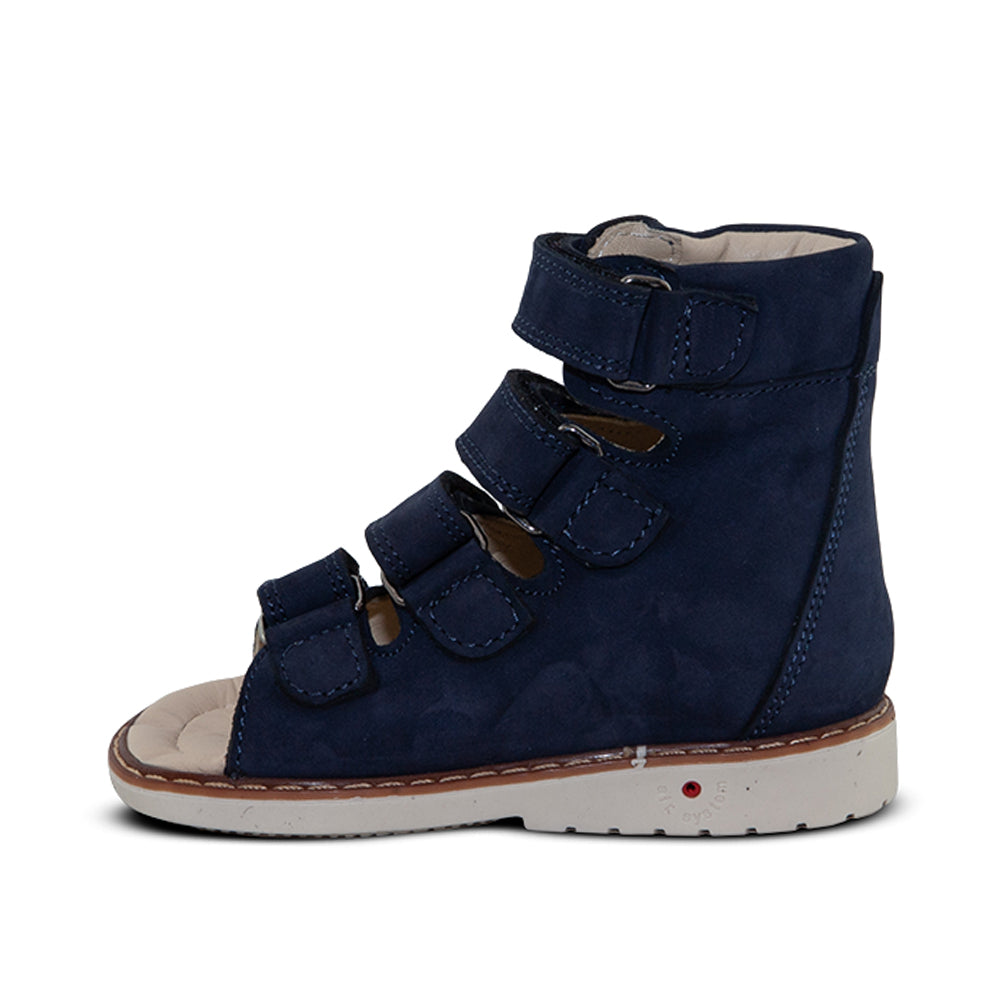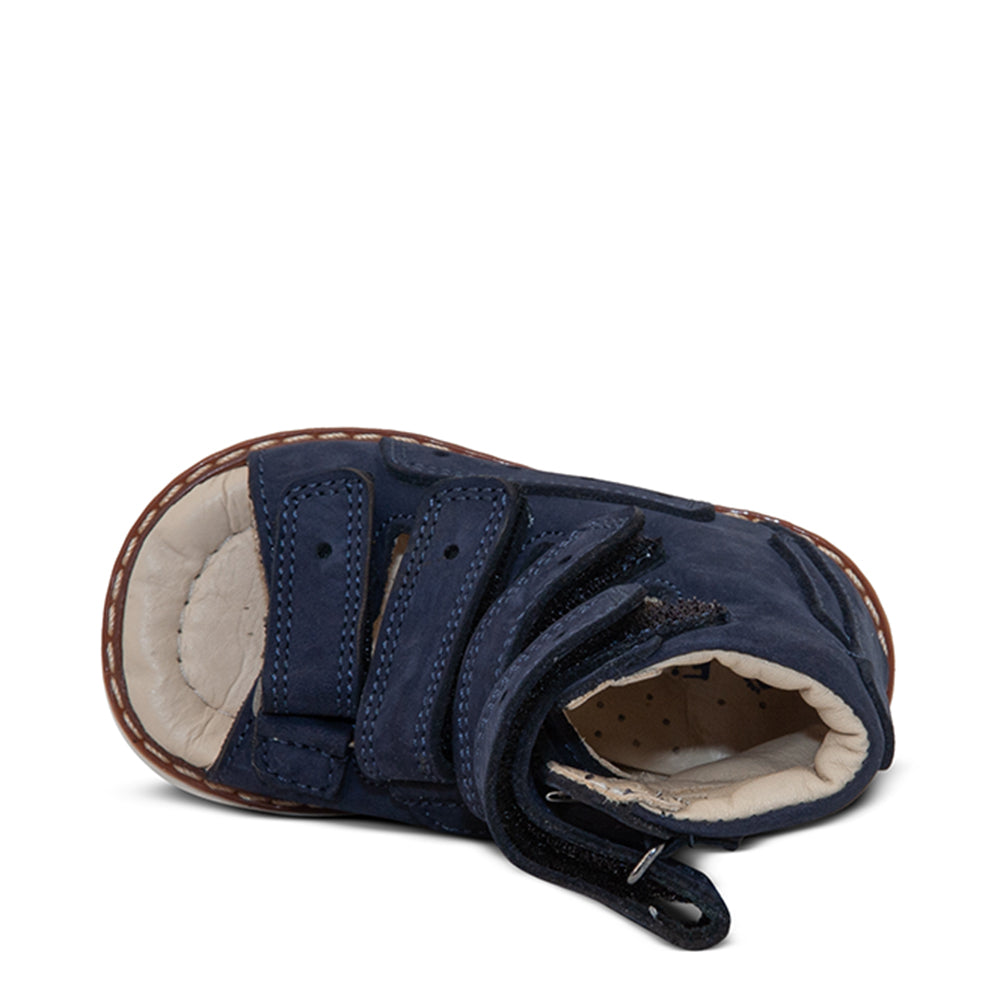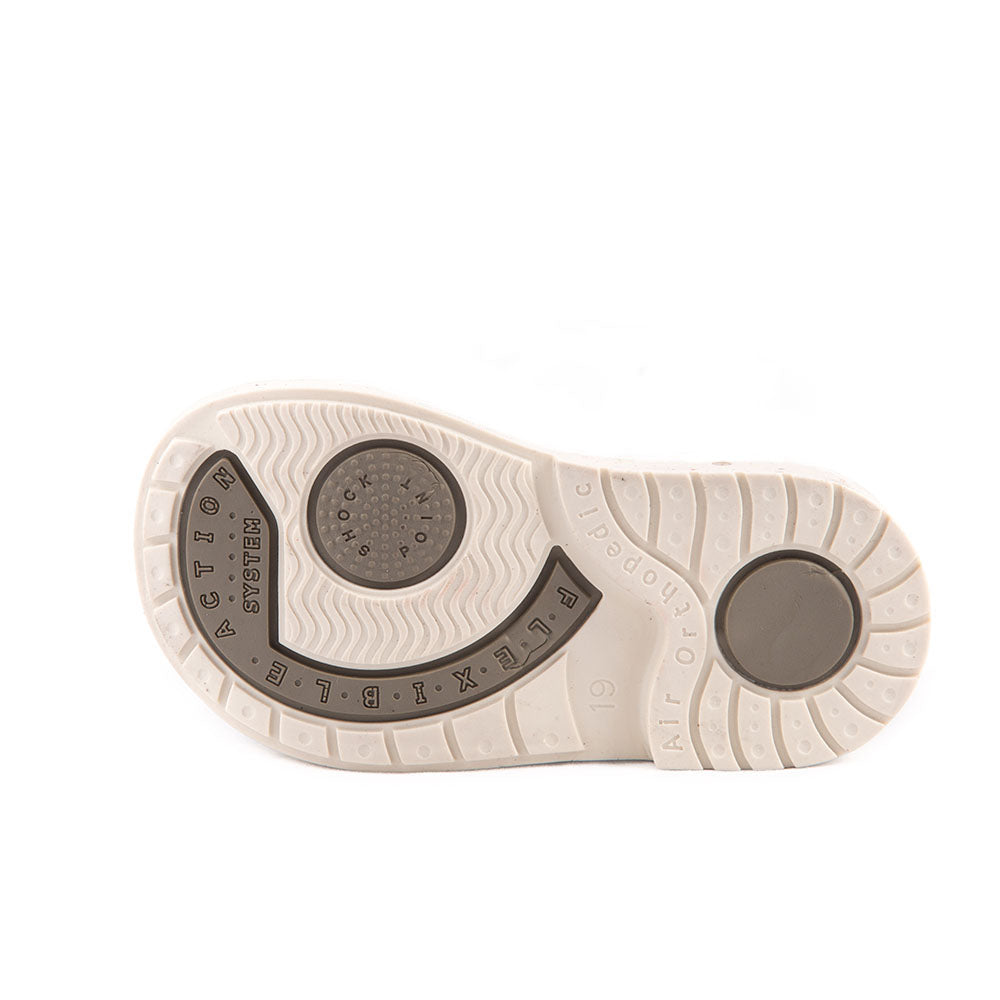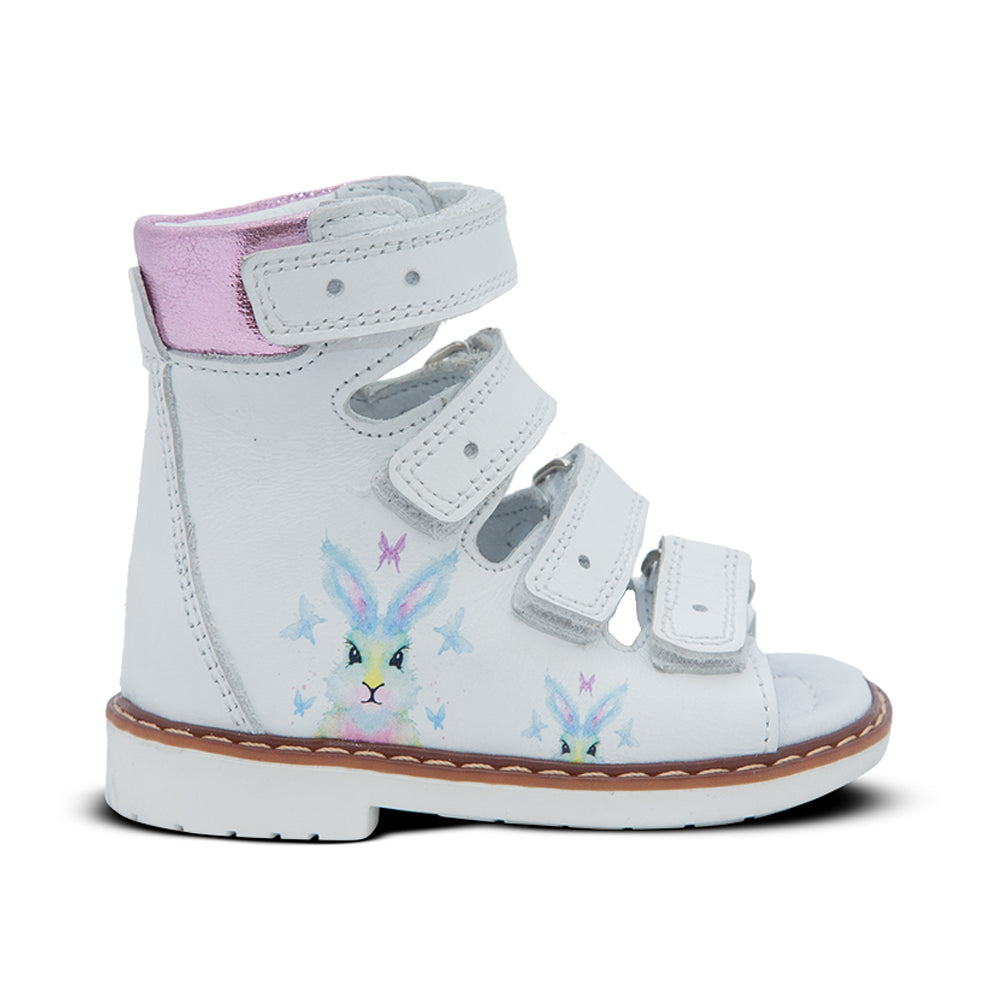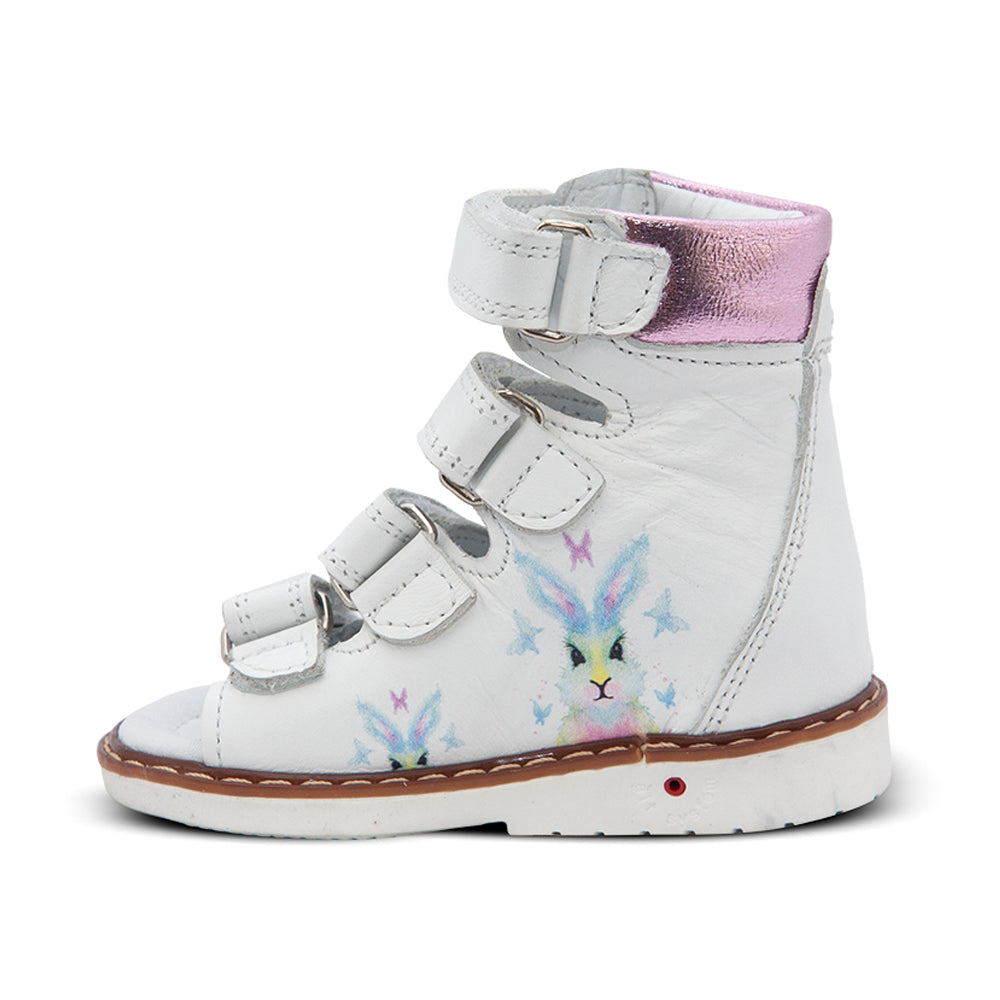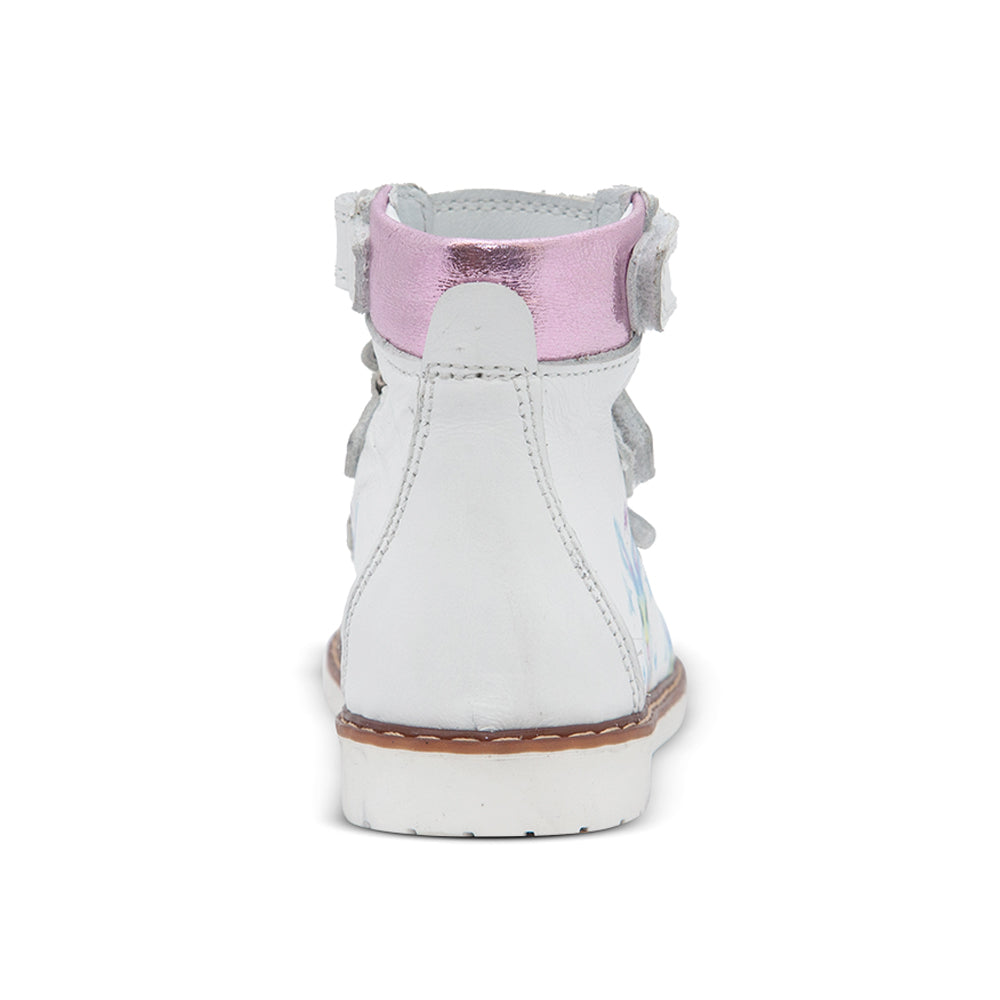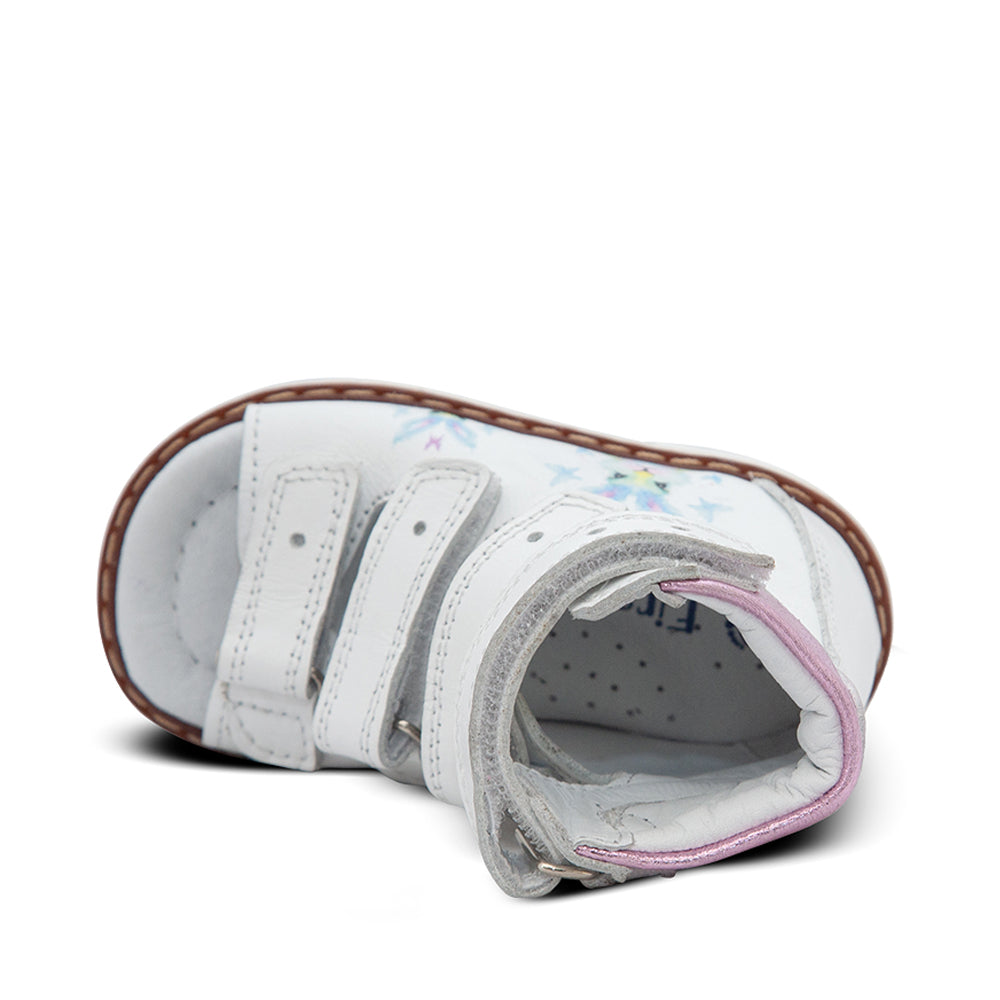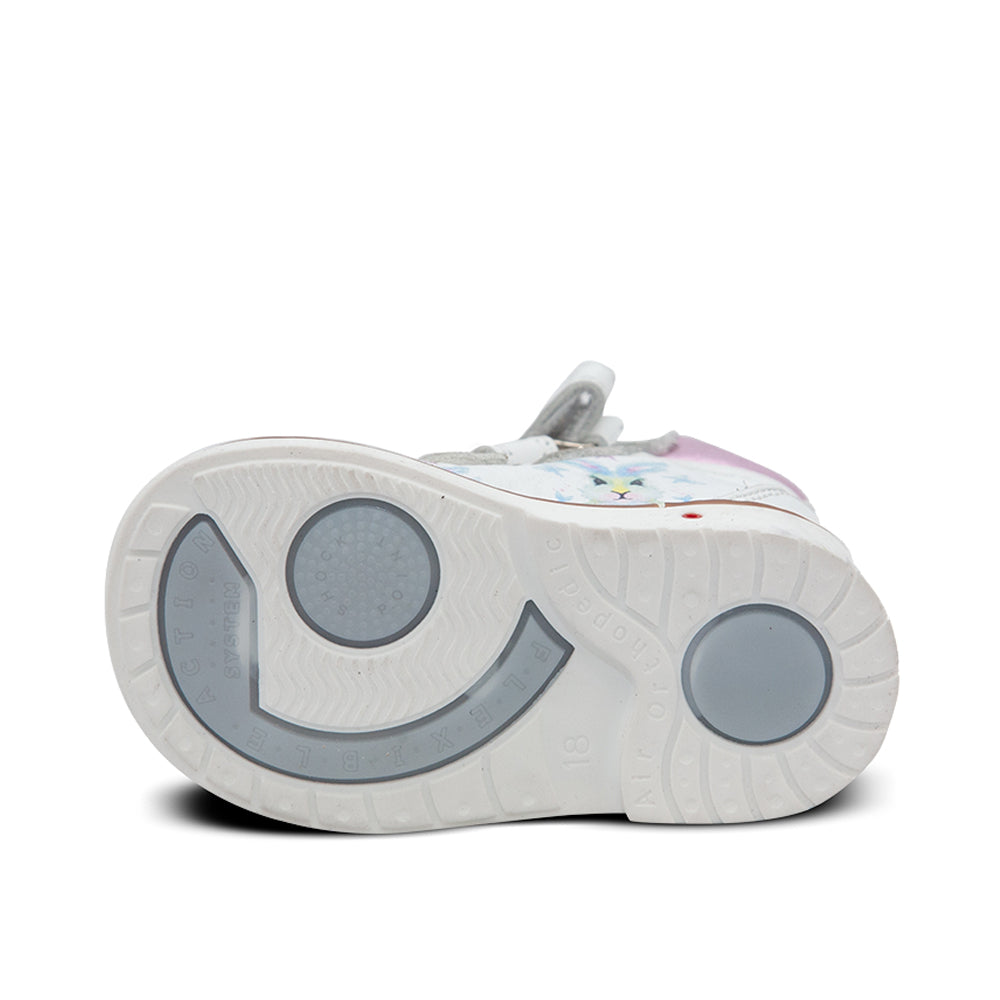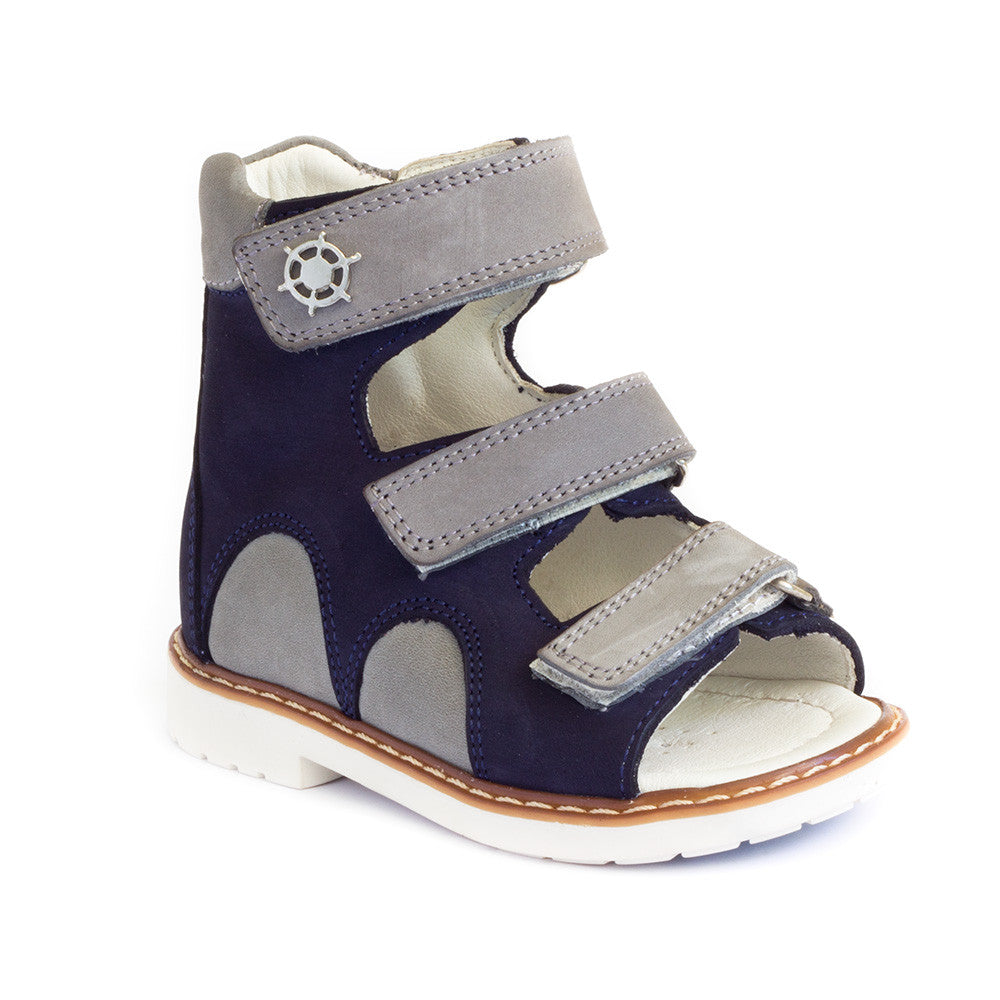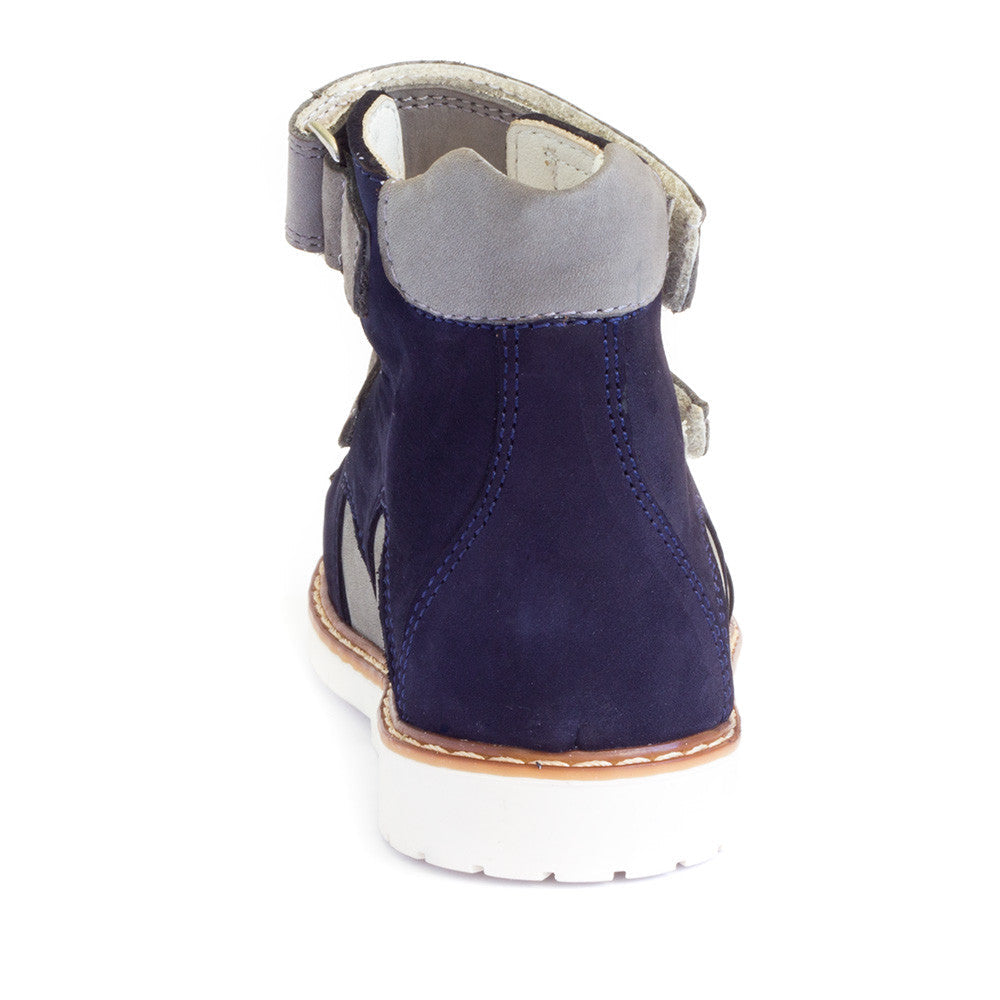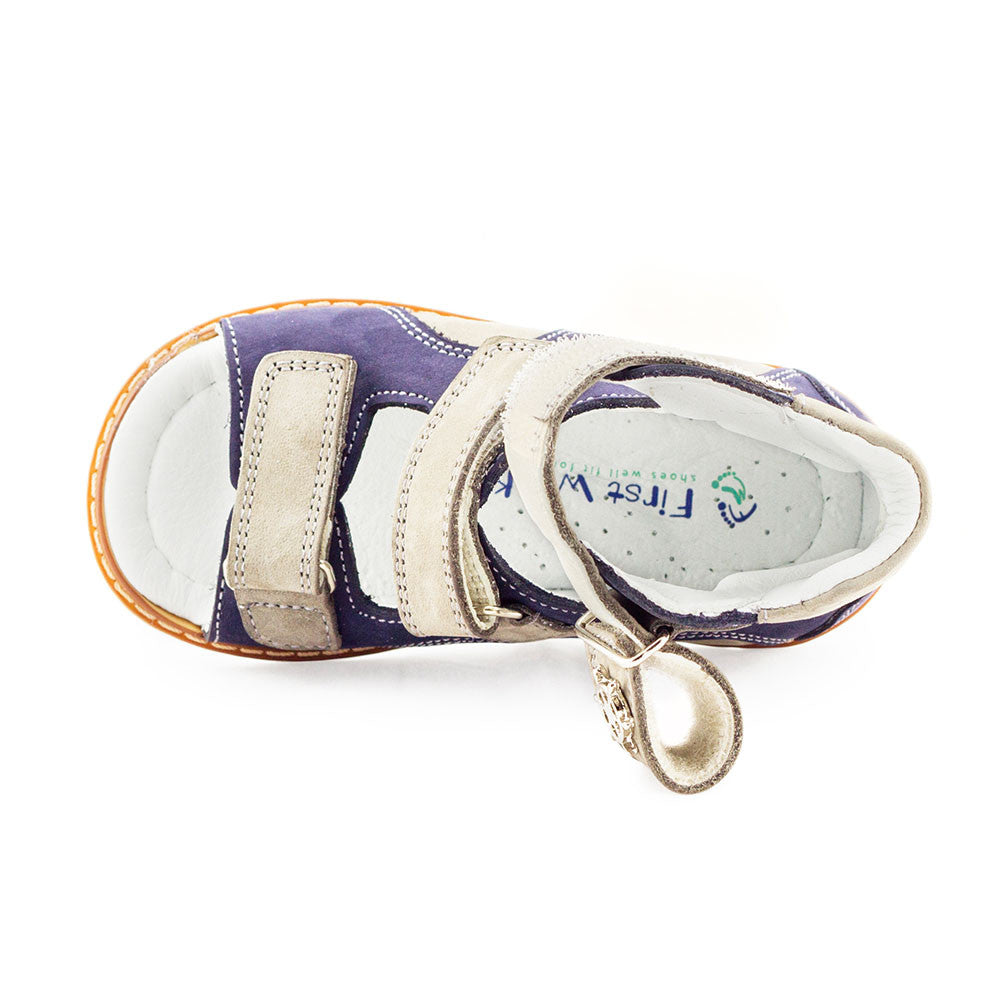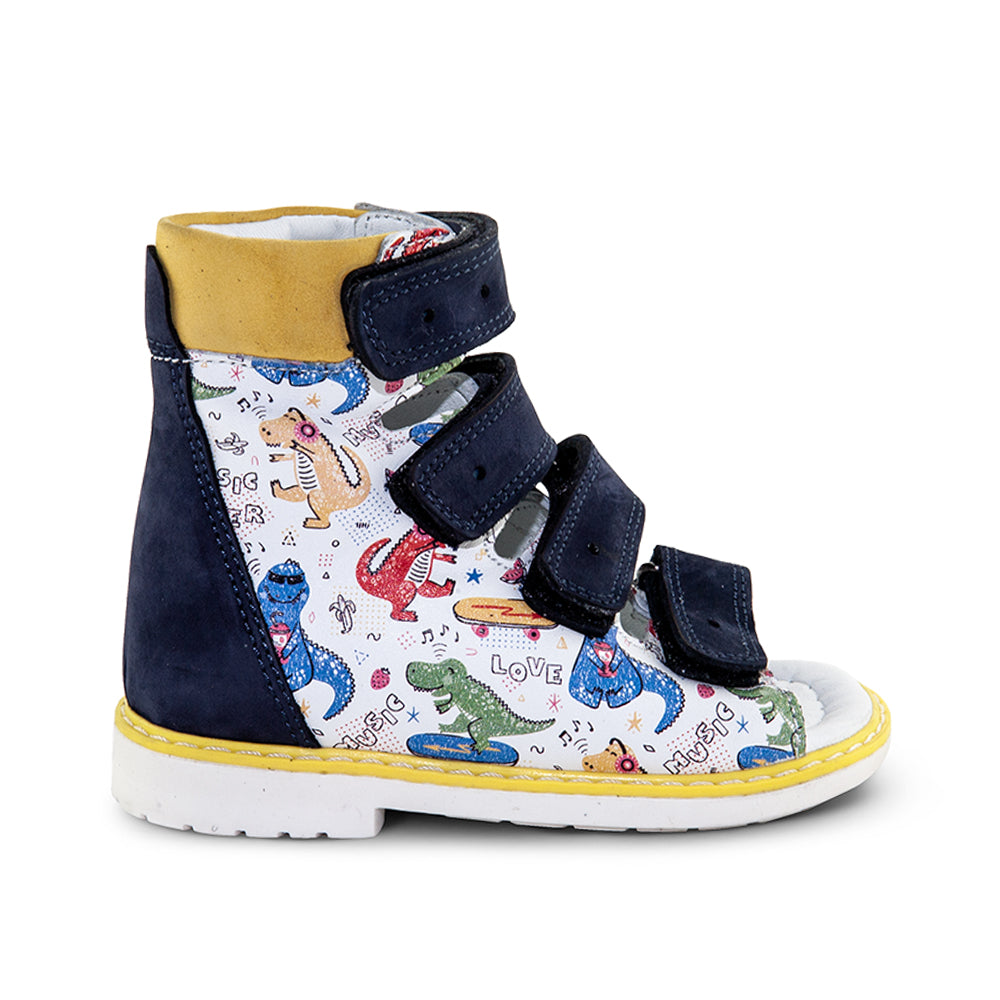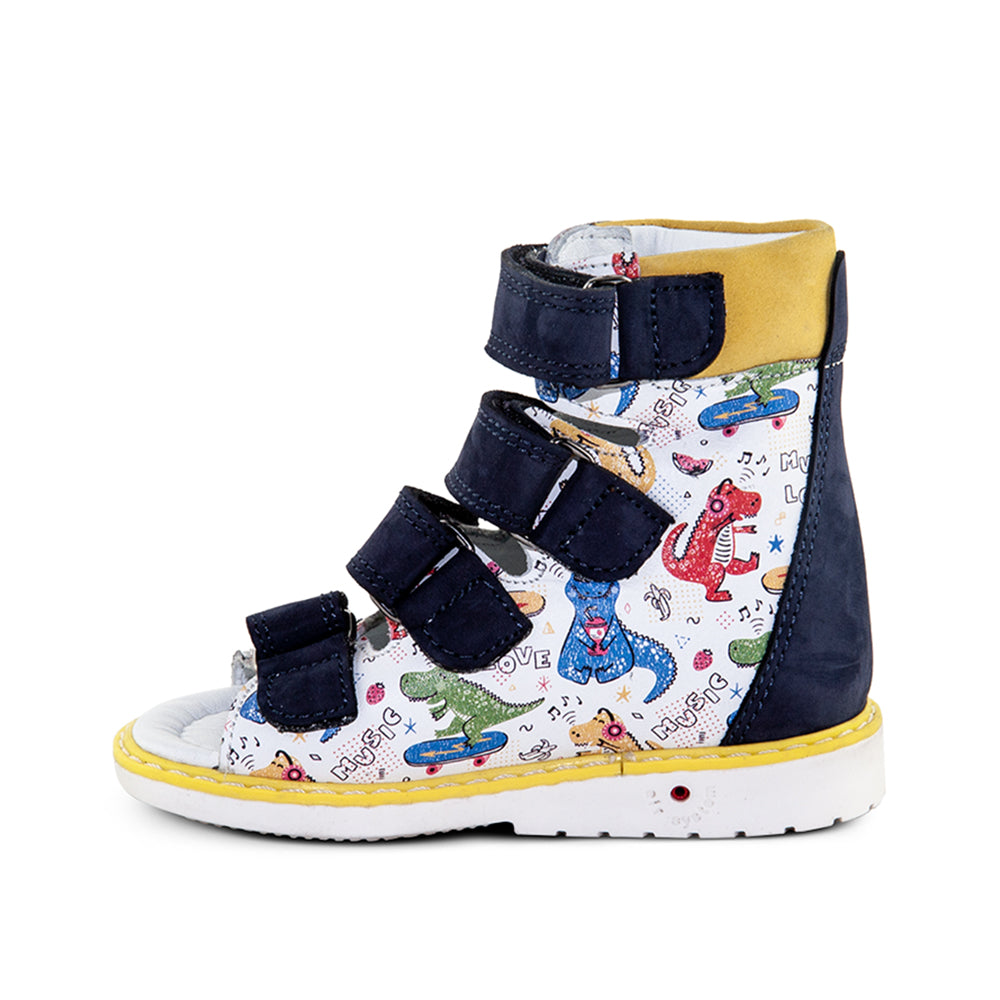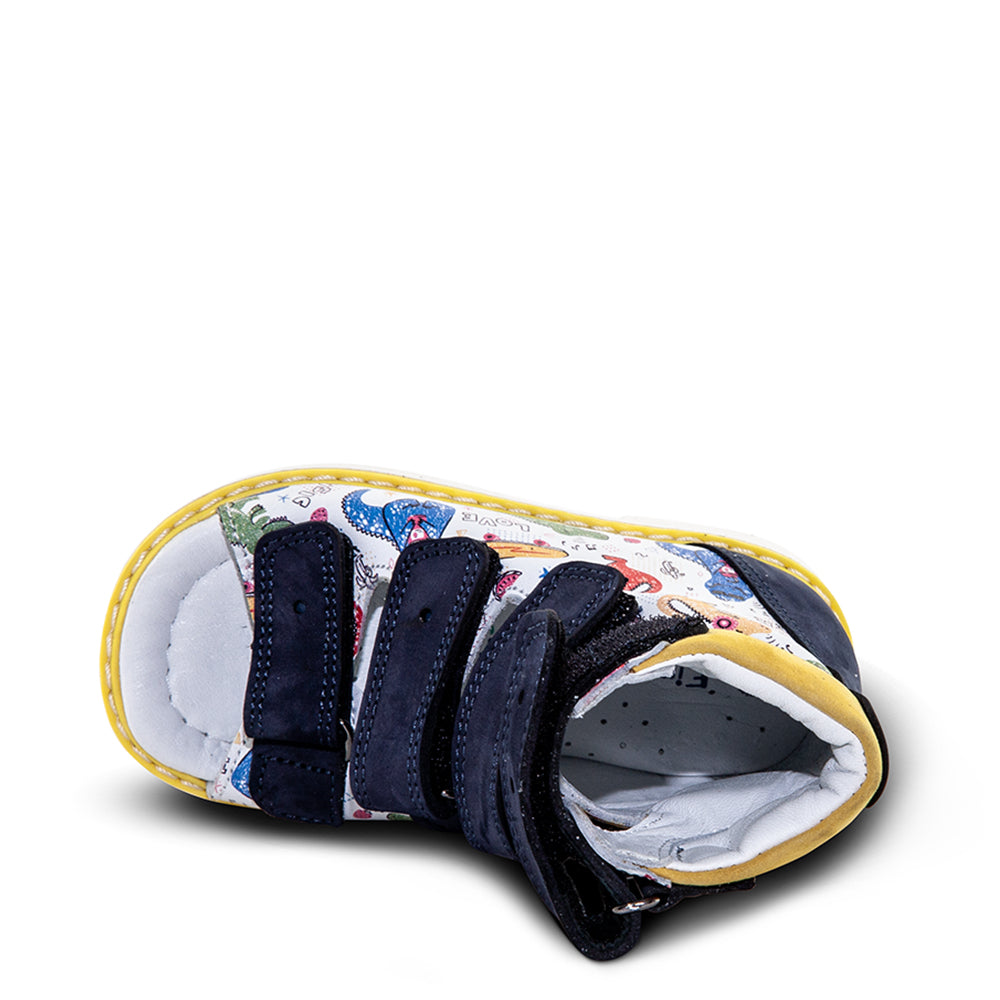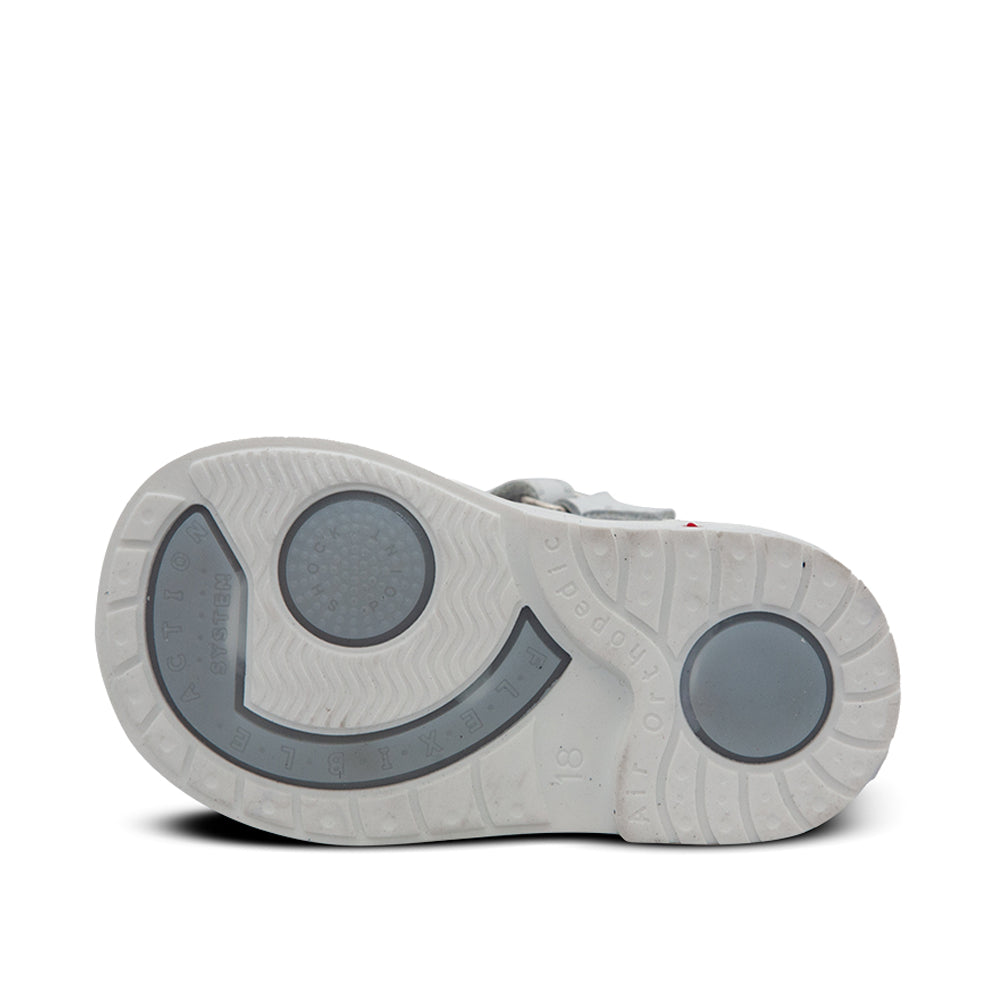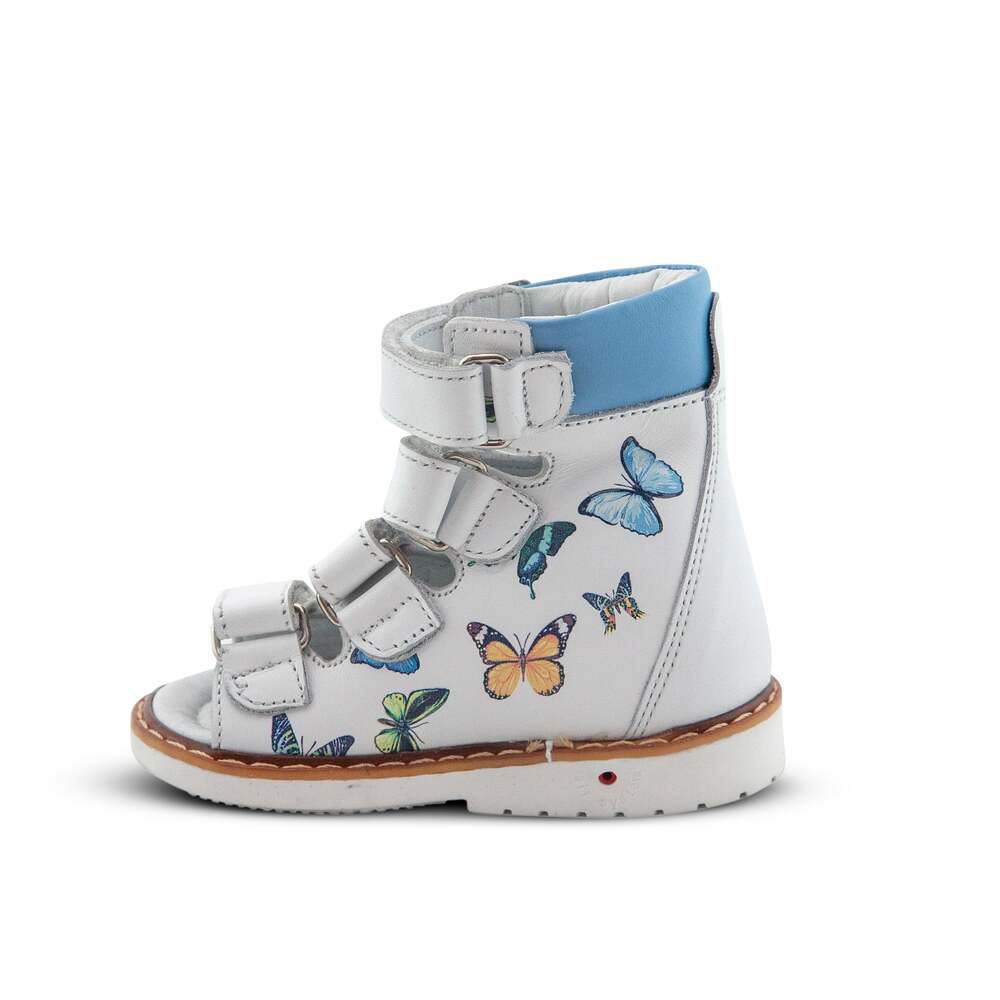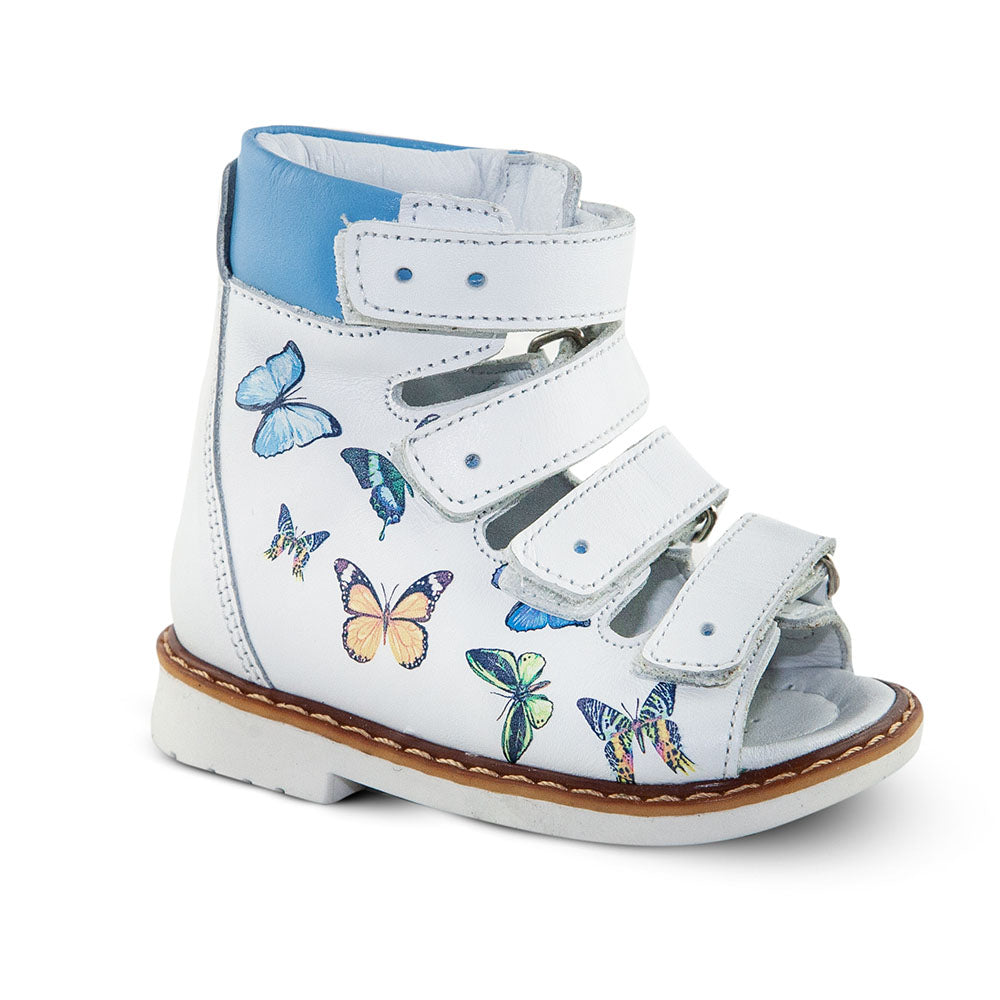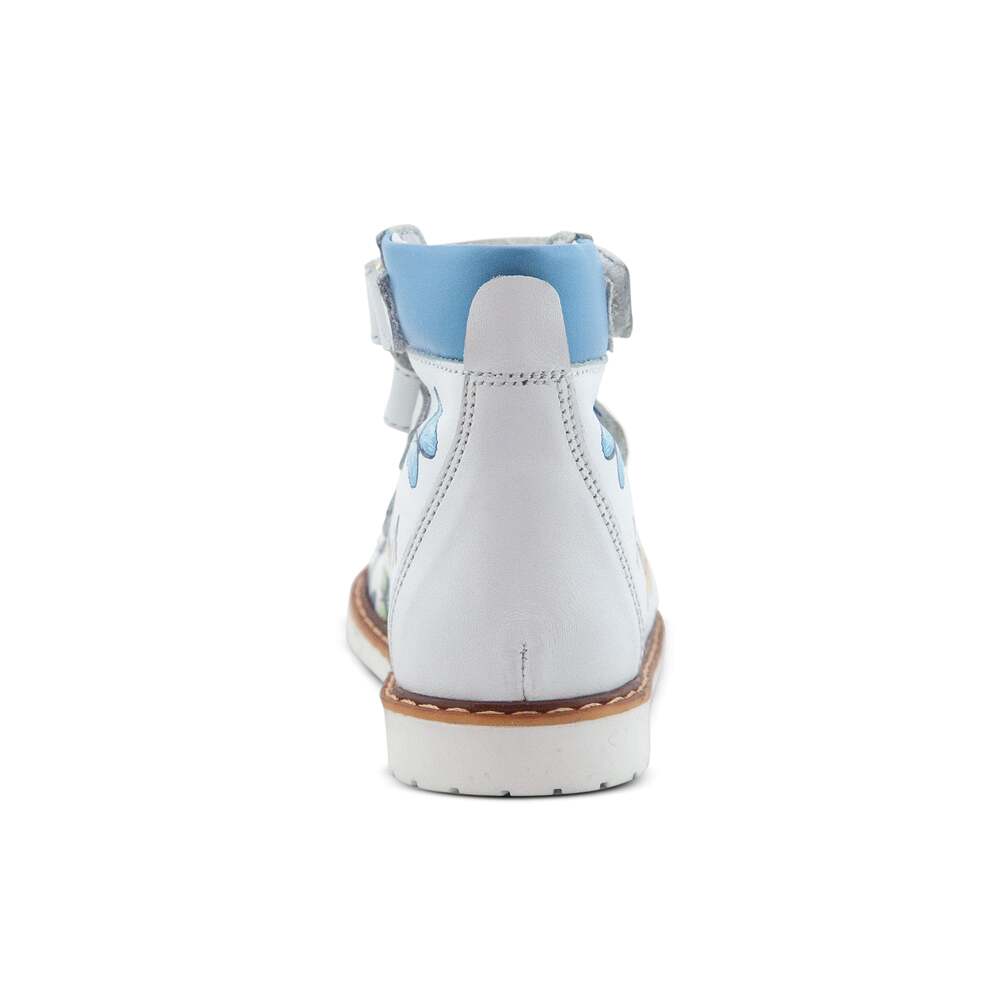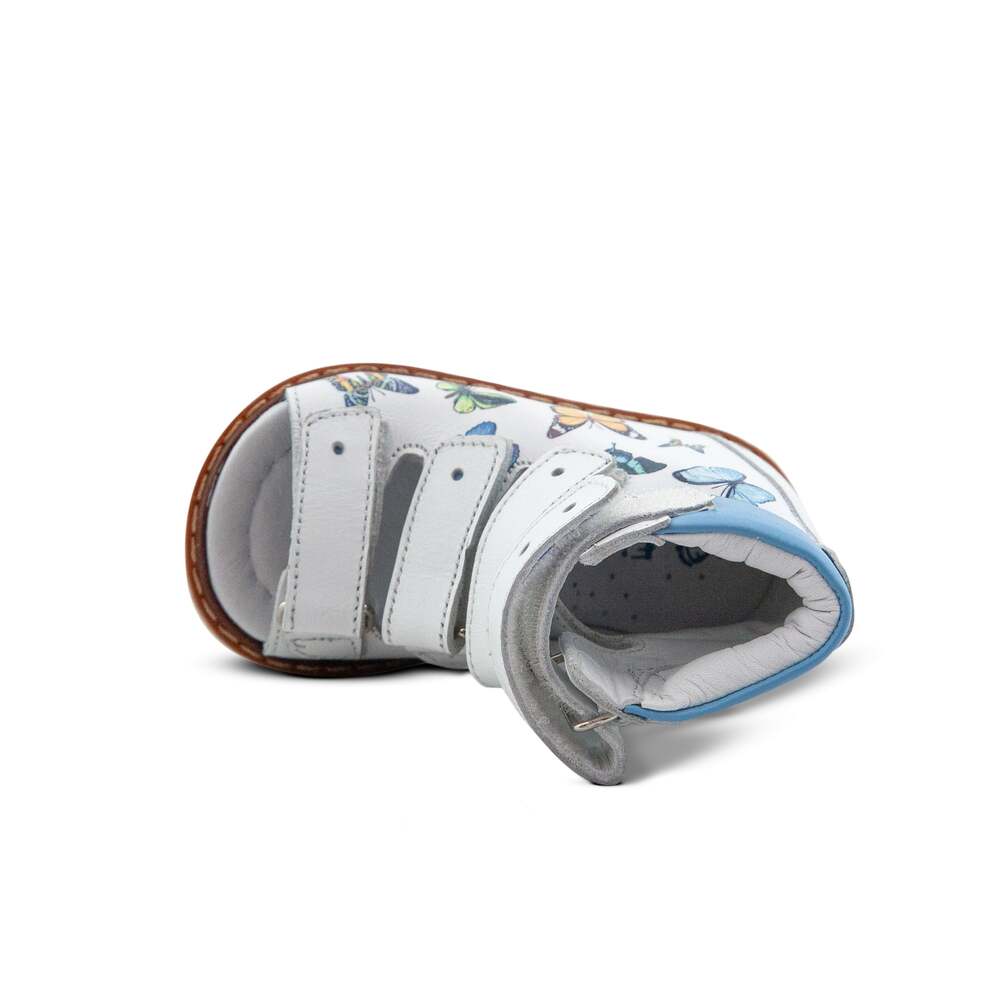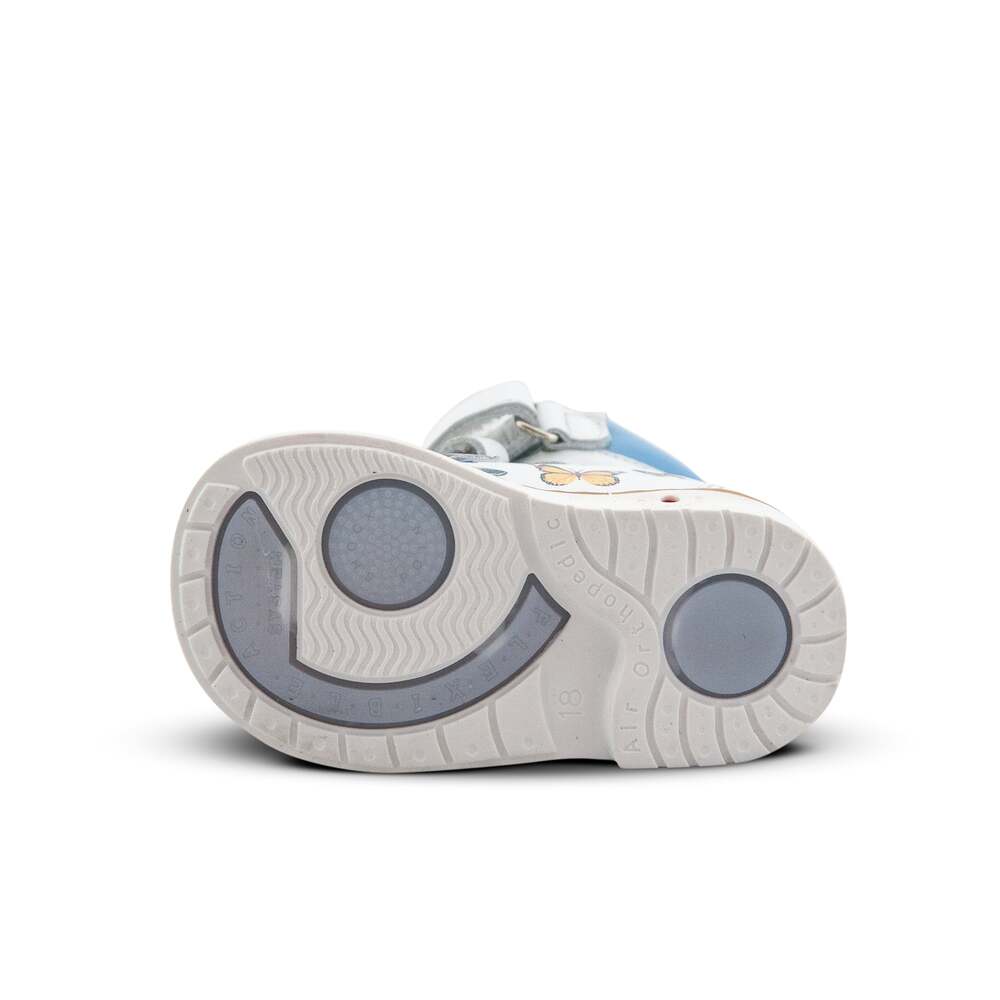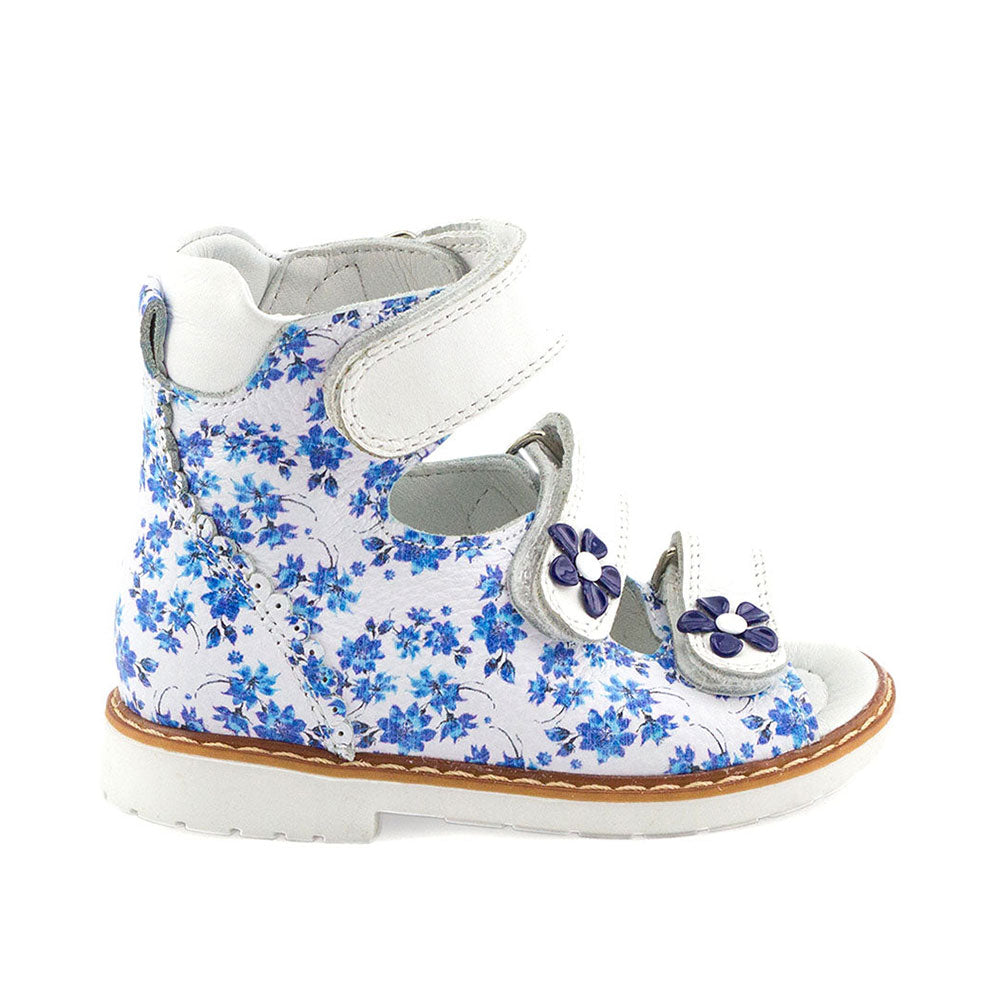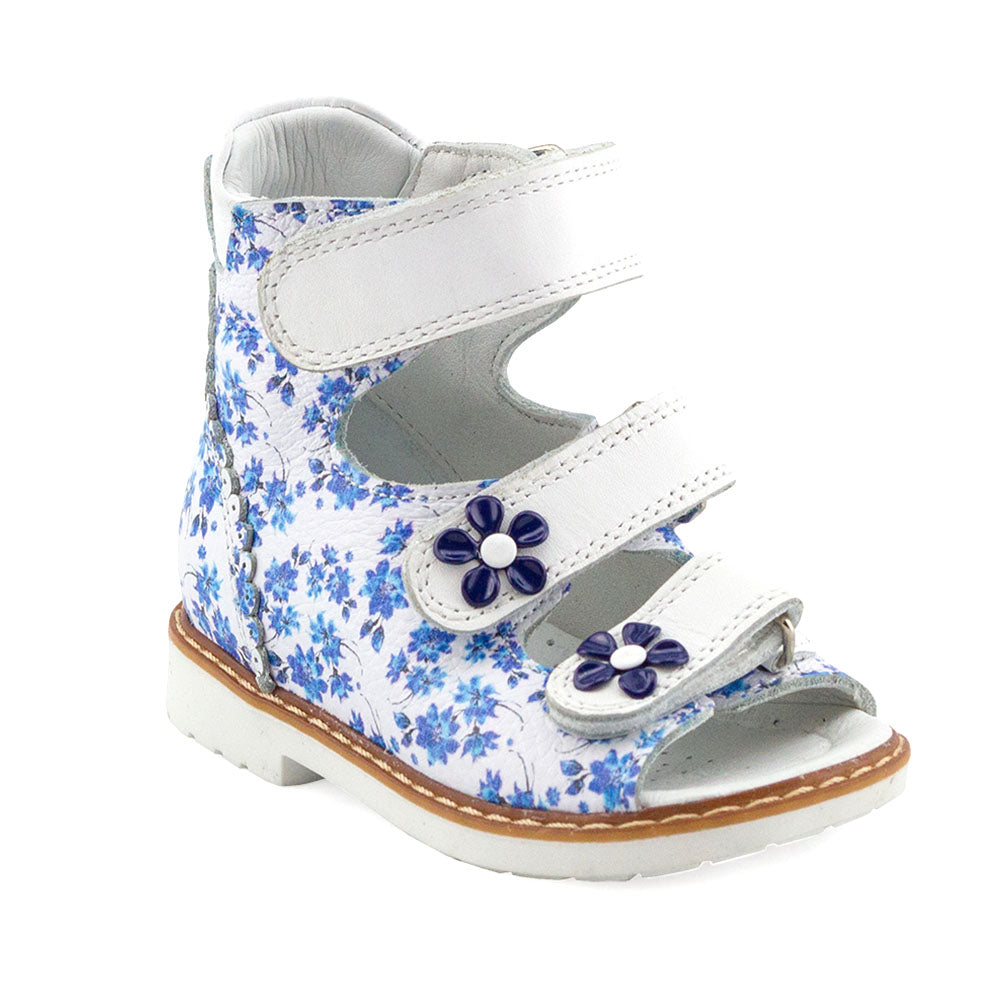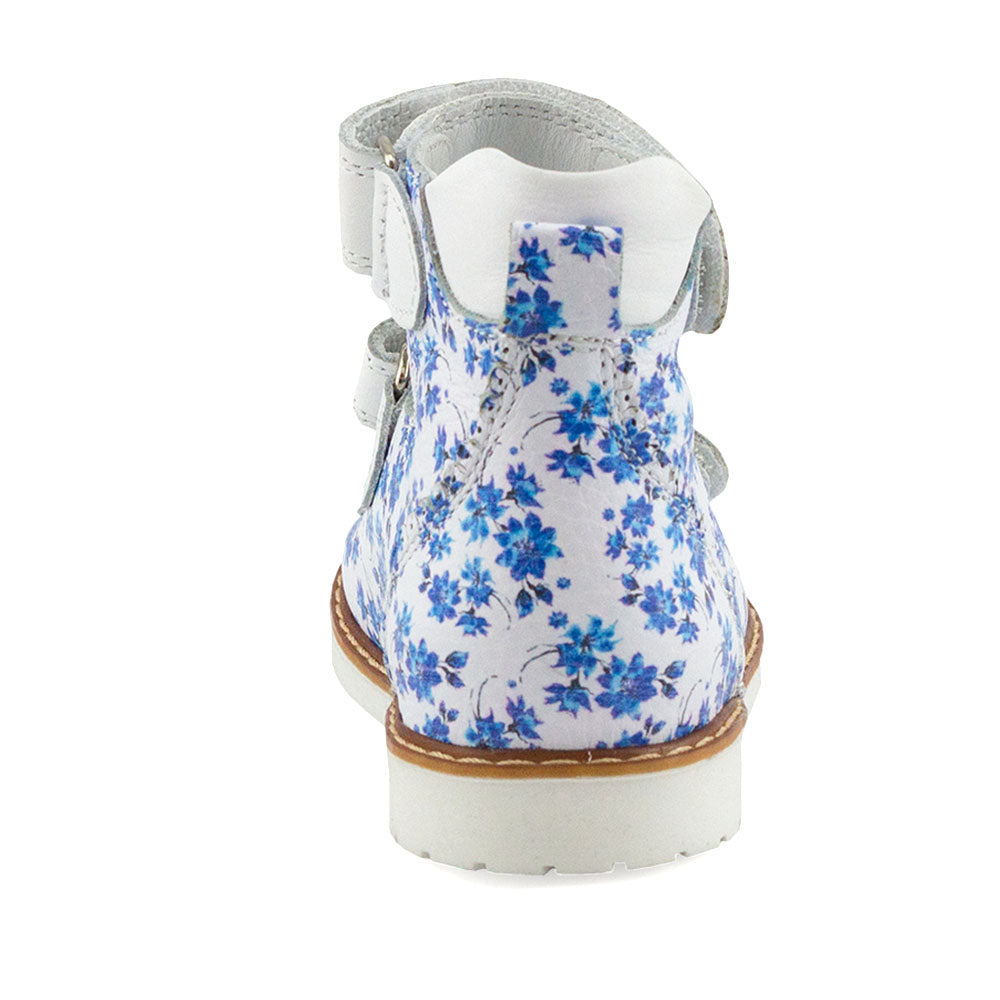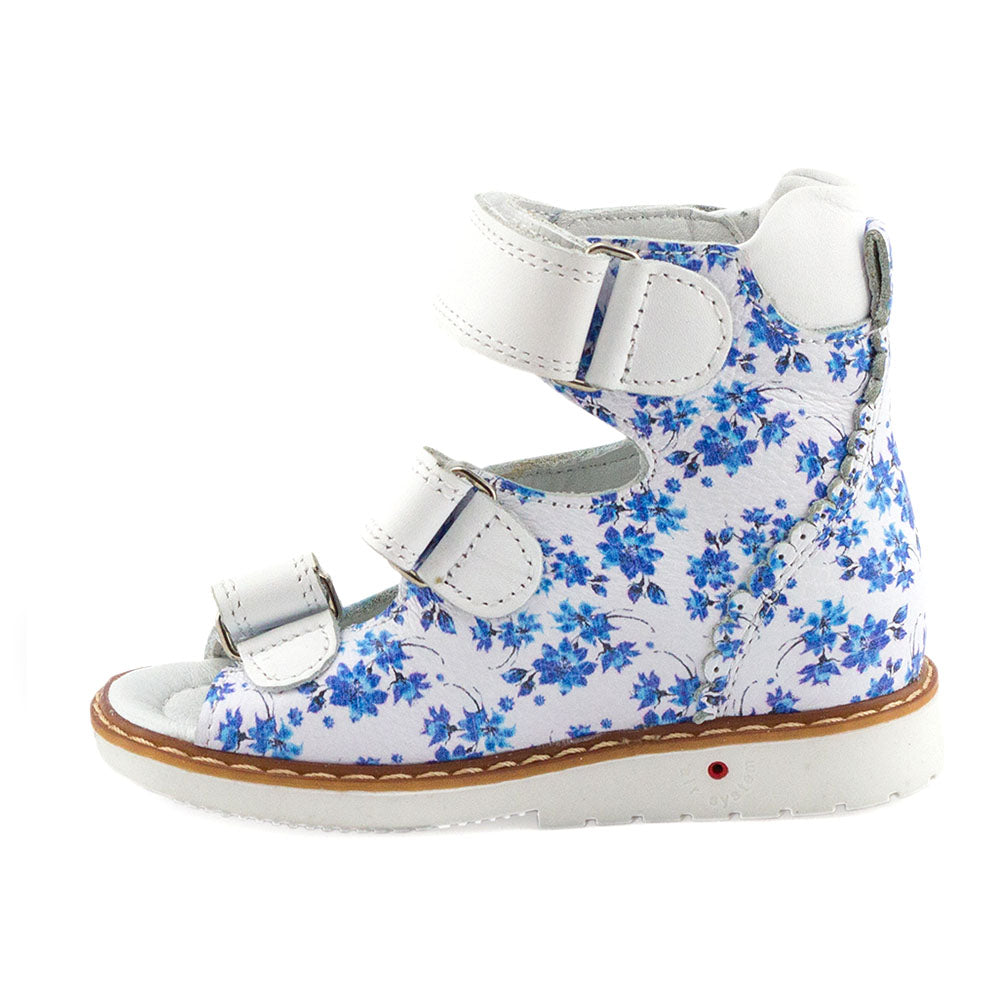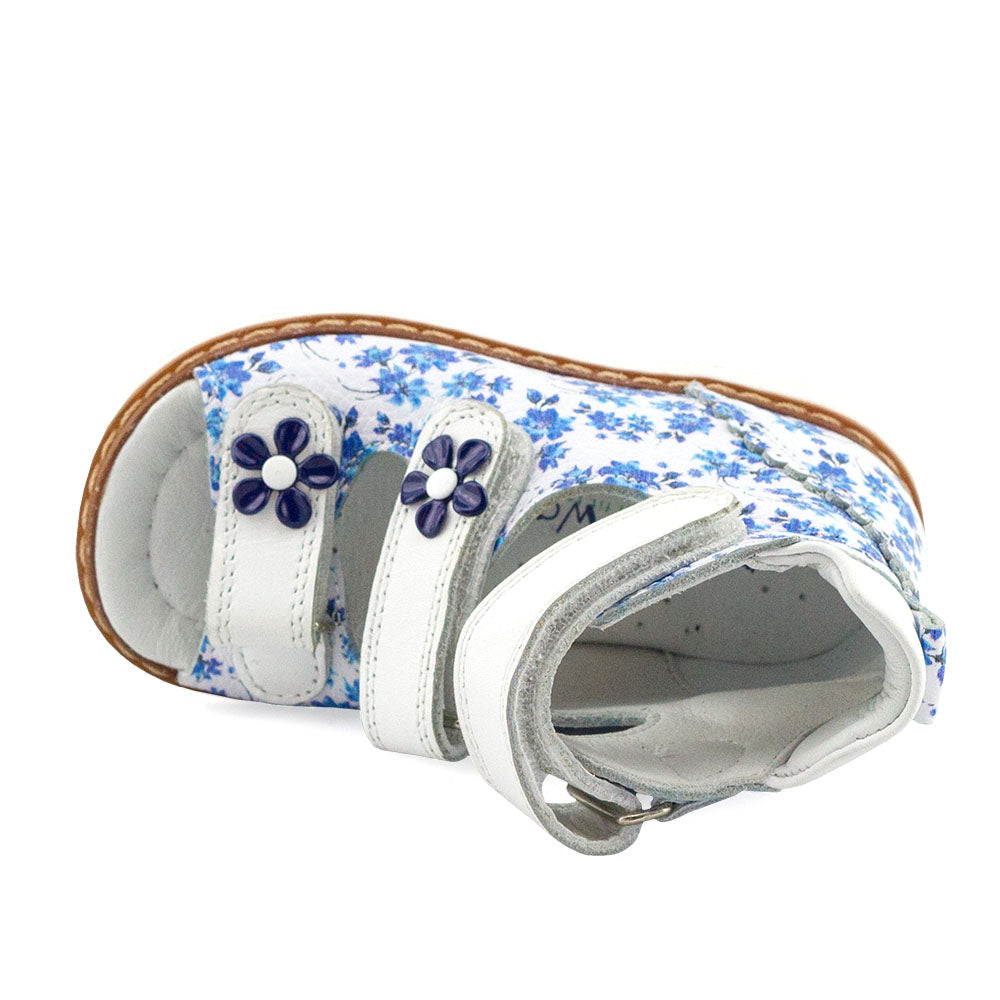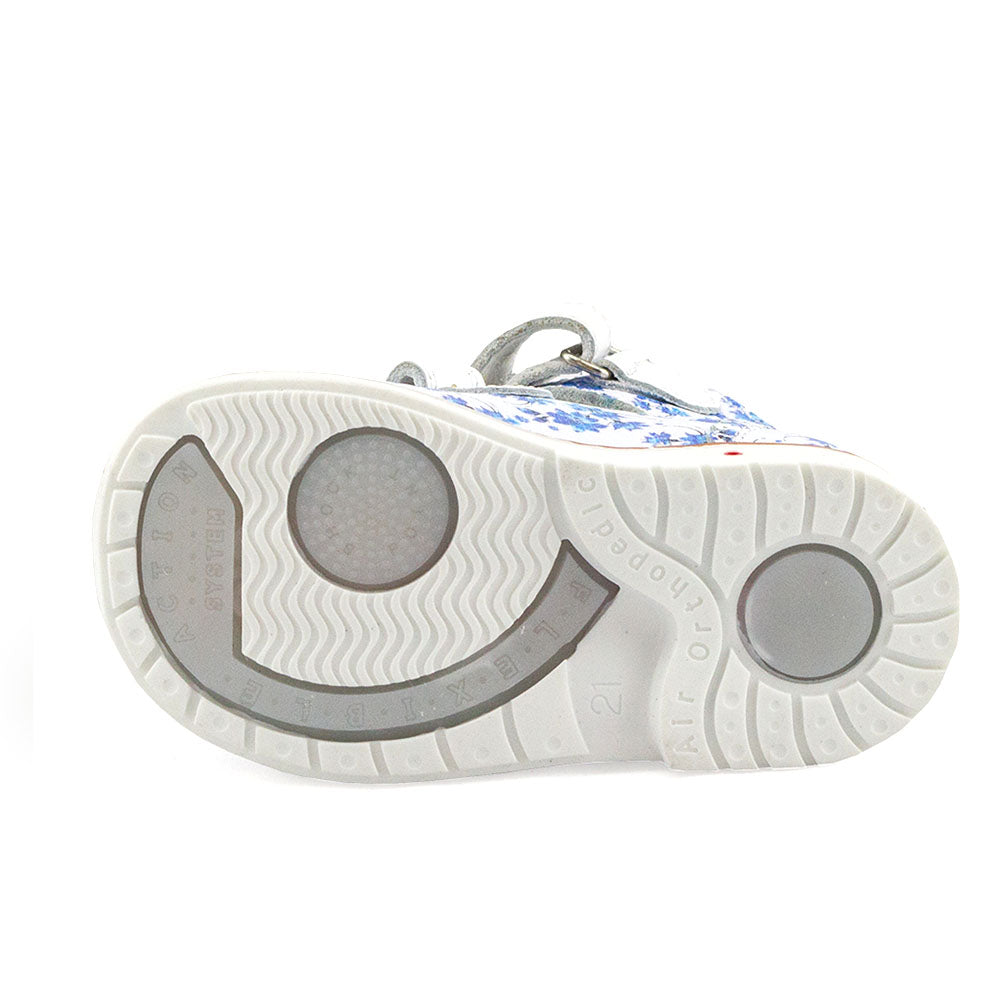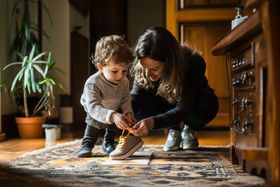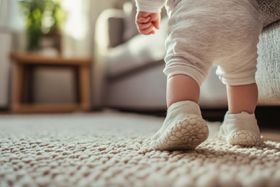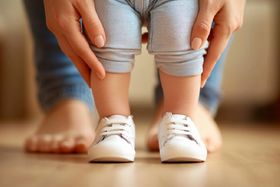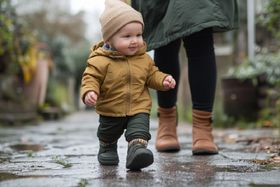10 Best Sandals for First Walkers: Safe and Supportive Steps
Looking for the best sandals for your new walker? You’re in the right place. We'l guide you through what to look for in first-walker sandals, the key features that support healthy foot development, and expert-recommended picks for every need.
Updated May 13, 2025.
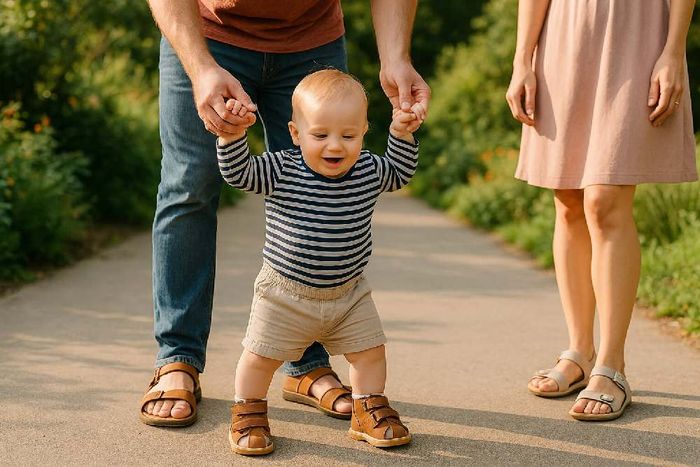
Watching your baby take their first steps is an unforgettable milestone. But with this joy comes a new challenge: choosing the right footwear to support their tiny, growing feet.
For first-time parents, this decision can feel overwhelming. After all, the right shoes aren’t just about style—they’re crucial for your child’s balance, coordination, and overall foot health.
» Browse a selection of orthopedic shoes for kids of all ages
Our Picks for the 10 Best Sandals for New Walkers
Why Buy Your Baby Walking Sandals?
Experts agree: the best way for toddlers to develop proper walking mechanics is by going barefoot whenever possible.
Barefoot walking enhances proprioception, or the body’s ability to sense its position and movement in space. This feedback is essential as children learn to navigate uneven surfaces and build balance.
But when barefoot isn’t practical (think parks, pavements, or hot summer days), well-designed first-walker sandals can offer the next best thing.
» Discover when babies learning to walk can wear hard-soled shoes
Benefits and Risks of Sandals for First Walkers
Benefits of Sandals for New Walkers
- Natural Foot Movement: Thin, flexible soles allow the foot to move freely, promoting muscle strength and coordination without restricting development [1].
- Lightweight Support: High-quality sandals reduce joint strain, making walking easier and less tiring for little legs.
- Breathability and Comfort: Open designs and soft materials like nubuck keep feet cool and comfortable, preventing overheating and irritation during warm-weather play.
Risks of Sandals for New Walkers
- Restrictive Toe Boxes: Shoes that cramp the toes can hinder natural toe splay, which is critical for balance [2].
- Loose Heels: A wobbly fit increases the risk of falls and improper walking patterns.
- Stiff, Inflexible Soles: If the sole doesn’t bend with the foot, it can disrupt natural movement and even cause long-term posture issues.
- Slippery Outsoles: Poor grip increases fall risk, leading to injury and fear of walking.
» Find out if your little one should be wearing shoes while learning to walk
Comparing the Common Types of First Walker Baby Sandals
Different situations call for different sandal styles. Here’s how to choose the best type of first walker sandals for your child’s needs:
High-Top vs. Low-Top Sandals
- High-Top Sandals: Ideal for toddlers with ankle instability or hypermobility, offering added support to reduce wobbling and boost confidence.
- Low-Top Sandals: Perfect for active toddlers who need midfoot stability but prefer more ankle freedom and breathability.
Closed-Toe vs. Open-Toe Designs
- Closed-Toe: Best for rougher terrains and crowded playgrounds, providing extra protection against bumps and scrapes.
- Open-Toe: Great for hot weather and casual outings, offering maximum airflow and comfort.
Everyday Wear vs. Occasional Wear
- Every day Sandals: Focus on ergonomic design, foot alignment, and all-day comfort.
- Special Occasion Sandals: Combine stylish looks with functional support, making them suitable for parties and special events without compromising foot health.
» Check out the best walking shoes for 12-month olds
10 Best Sandals for First Walkers
What to Consider When Buying Your Baby's First Sandals
Material: Breathable and Safe
Babies’ feet sweat up to five times more than adults’. Natural materials like leather allow airflow, prevent overheating, and flex with movement. Look for sandals tested under REACH standards to avoid harmful chemicals. Avoid synthetics like plastic—they trap heat, cause discomfort, and increase odor.
Sole: Flexible but Protective
Early walkers need flexible soles to support balance and natural movement. Indoors or on smooth ground, soft soles let toes grip and flex. For outdoor use, firmer soles protect against heat and sharp surfaces. Split soles offer a hybrid: flexible in the middle, grippy at toe and heel.
Fit: Room to Grow, Not to Trip
A good fit prevents blisters, trips, and poor posture. Allow 0.25–0.5 inches of space at the toe. The heel should stay secure without slipping. Shoes that are too large increase fall risk; too small restrict development. Always measure and follow the brand’s size guide.
Design: Lightweight and Secure
Sandals should be light enough not to interfere with movement. Fastenings like Velcro or buckles keep them in place. Closed-toe styles protect against bumps and scrapes. Rubber soles with traction reduce the risk of slipping, especially on wet or uneven surfaces.
Comfort: Soft and Adjustable
Sandals should have soft linings and flexible uppers. Foam footbeds cushion impact and reduce pressure. Adjustable straps accommodate different foot shapes and swelling throughout the day, ensuring comfort and a proper fit.
Breathability: Essential in Heat
Breathable materials and open designs help regulate temperature. This prevents overheating, reduces moisture buildup, and protects against rashes or blisters. For summer wear, airflow is critical.
» Is your kid pulling up to stand? Find the best shoes for cruising babies
Give Your Baby’s First Steps the Right Support
Many first-time parents struggle to find sandals that truly support their baby’s developing feet. Cheap or poorly designed shoes can cause instability, discomfort, and even long-term foot problems.
That’s why First Walkers offers orthopedic sandals made specifically for new walkers, combining expert-approved support with thoughtful design.
Whether your child needs extra ankle stability (like the Neptune Evelyn high-top sandals), specialized support for flat feet (try the Captain Caleb), or everyday protection with breathable comfort (the Silvery Ellie), First Walkers has a solution for every little explorer.
References:
- Y. Wang et al., “Understanding the role of children’s footwear on children’s feet and GAIT Development: A Systematic scoping review,” Healthcare, vol. 11, no. 10, p. 1418, May 2023, doi: 10.3390/healthcare11101418. Available: https://pubmed.ncbi.nlm.nih.gov/37239704/
- S. Cranage, L. Perraton, K. Bowles, and C. Williams, “The impact of shoe flexibility on gait, pressure and muscle activity of young children. A systematic review,” Journal of Foot and Ankle Research, vol. 12, no. 1, Jan. 2019, doi: 10.1186/s13047-019-0365-7. Available: https://doi.org/10.1186/s13047-019-0365-7
Disclaimer: First Walkers' information is intended for educational and informational purposes related to toddler footwear and feet. We encourage you to consider individual circumstances and consult qualified orthopaedists about specific conditions.

